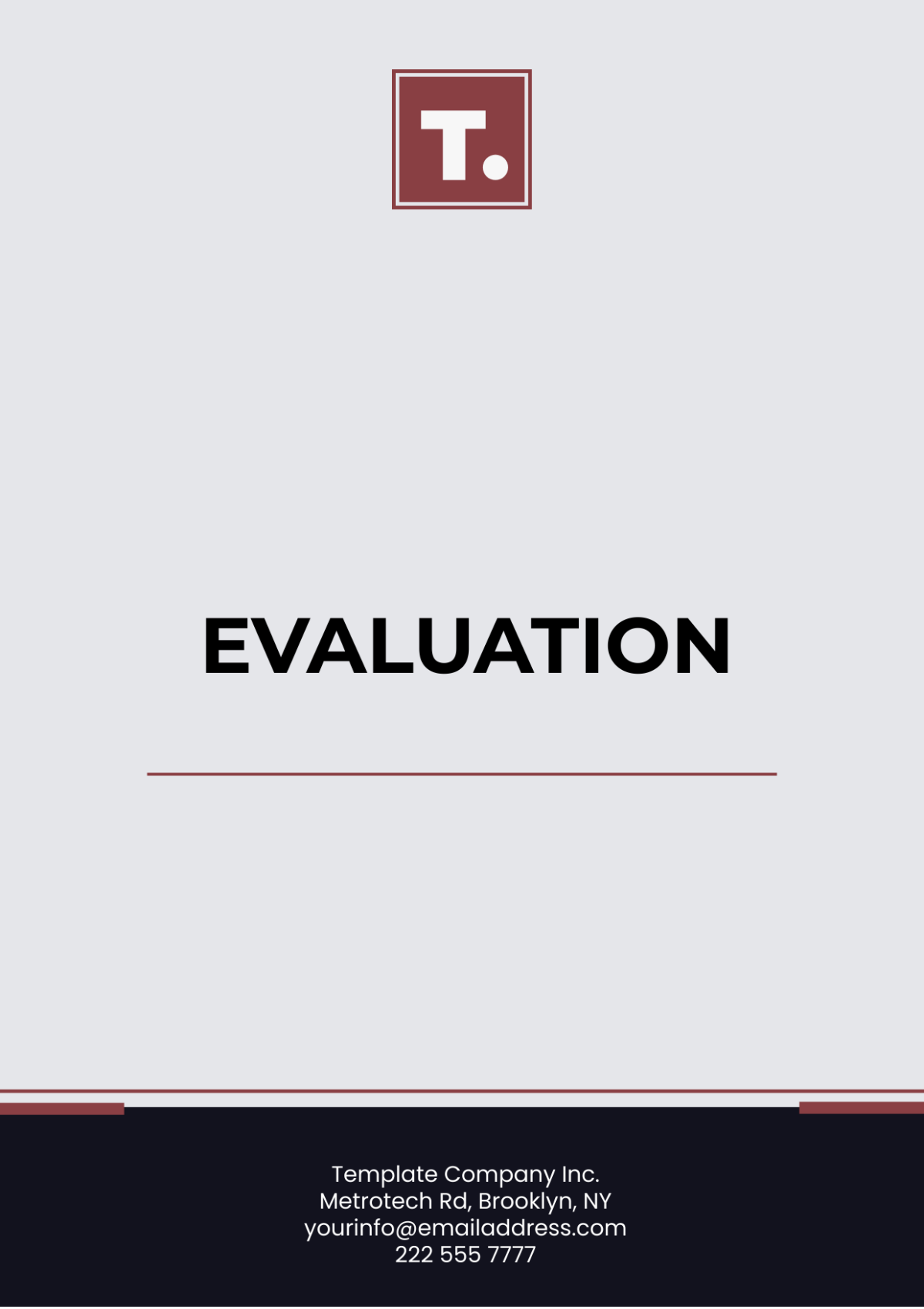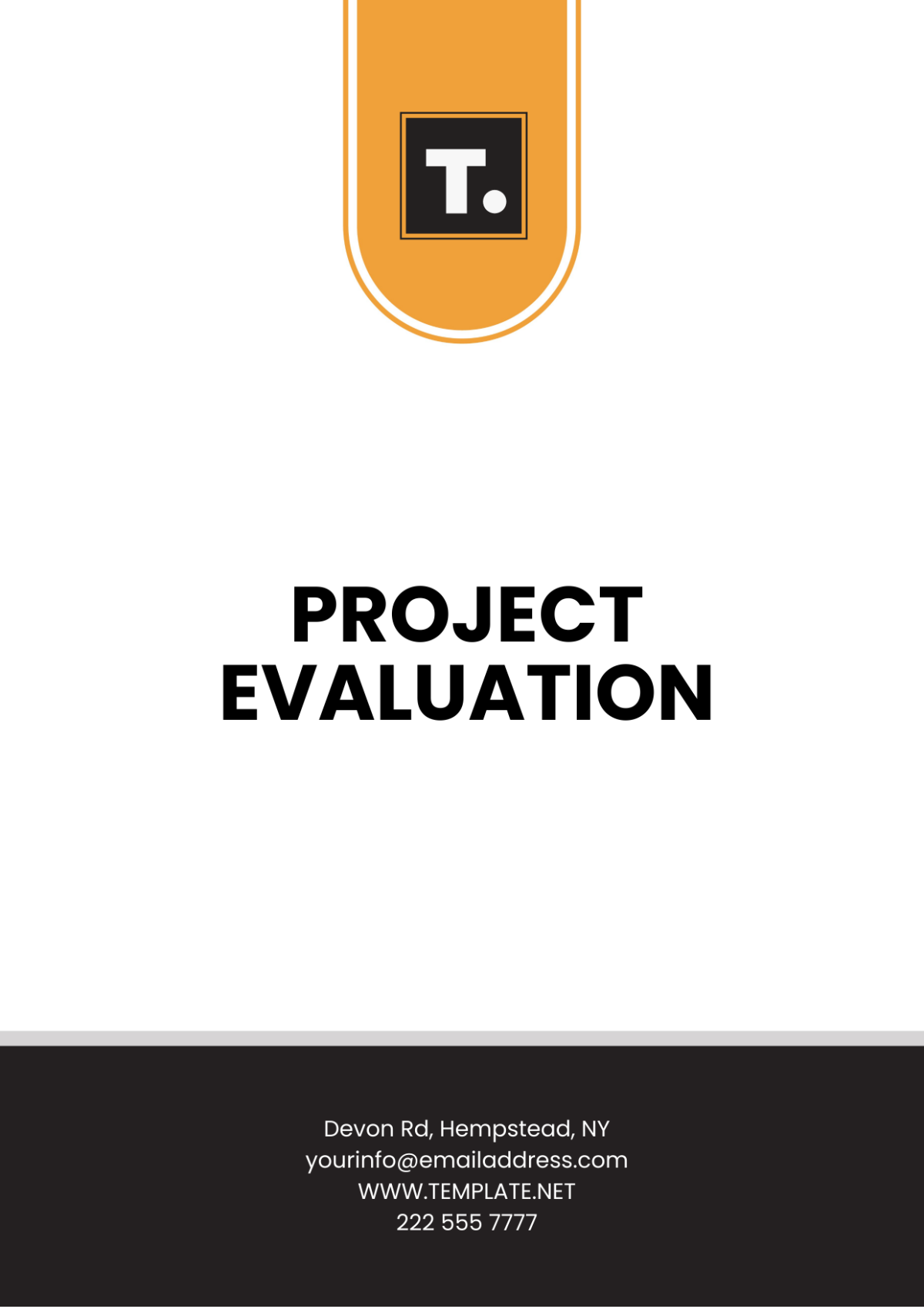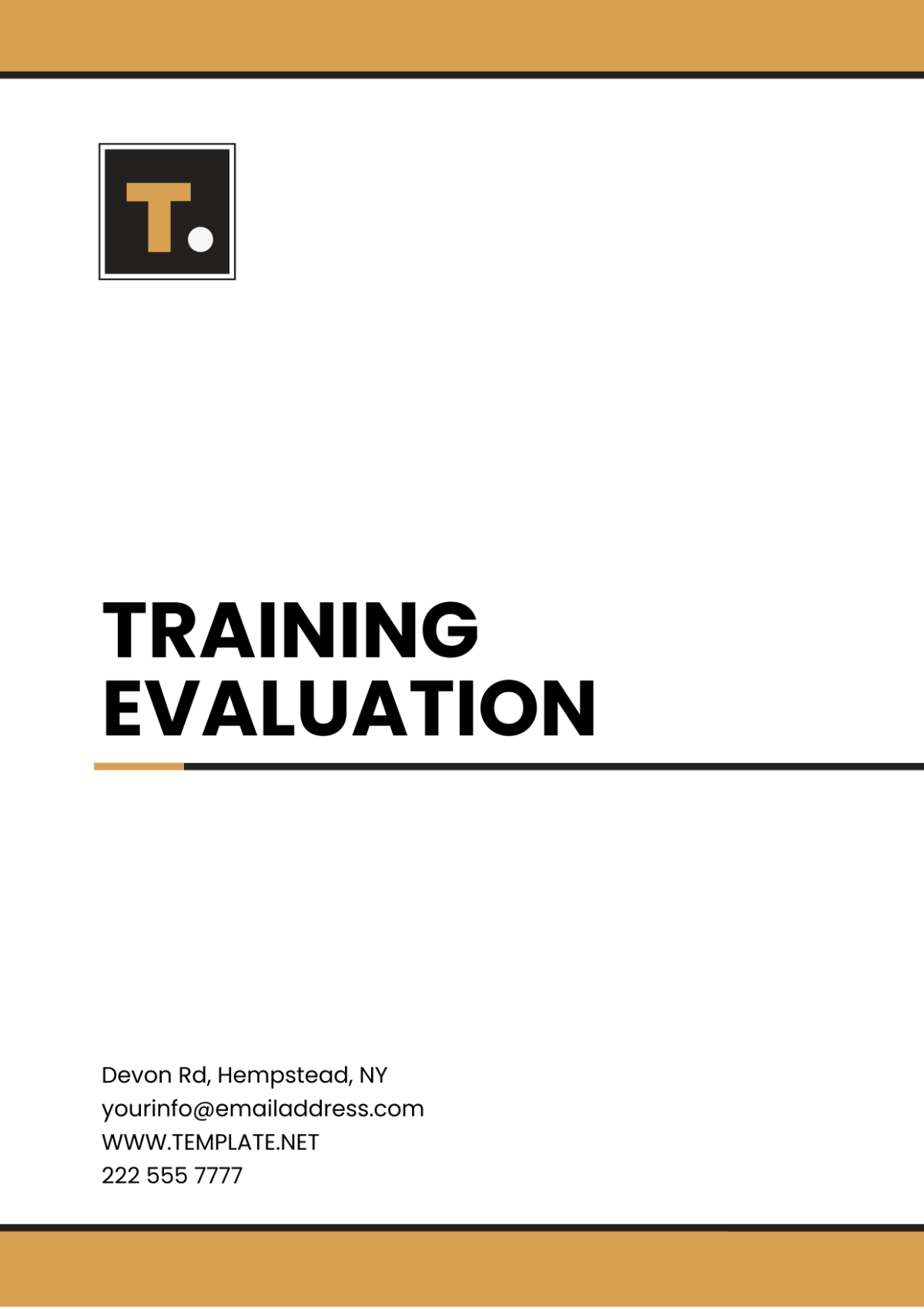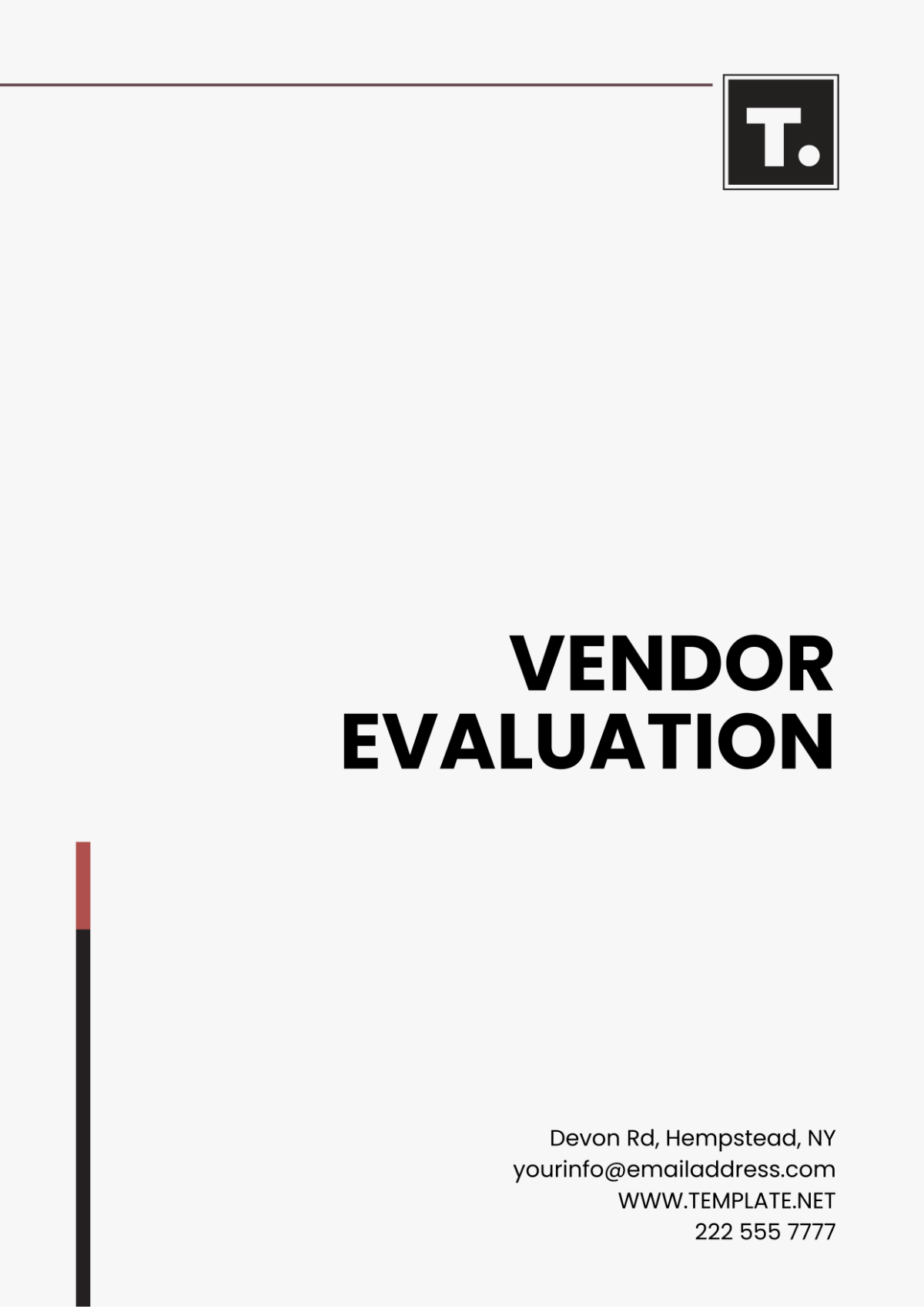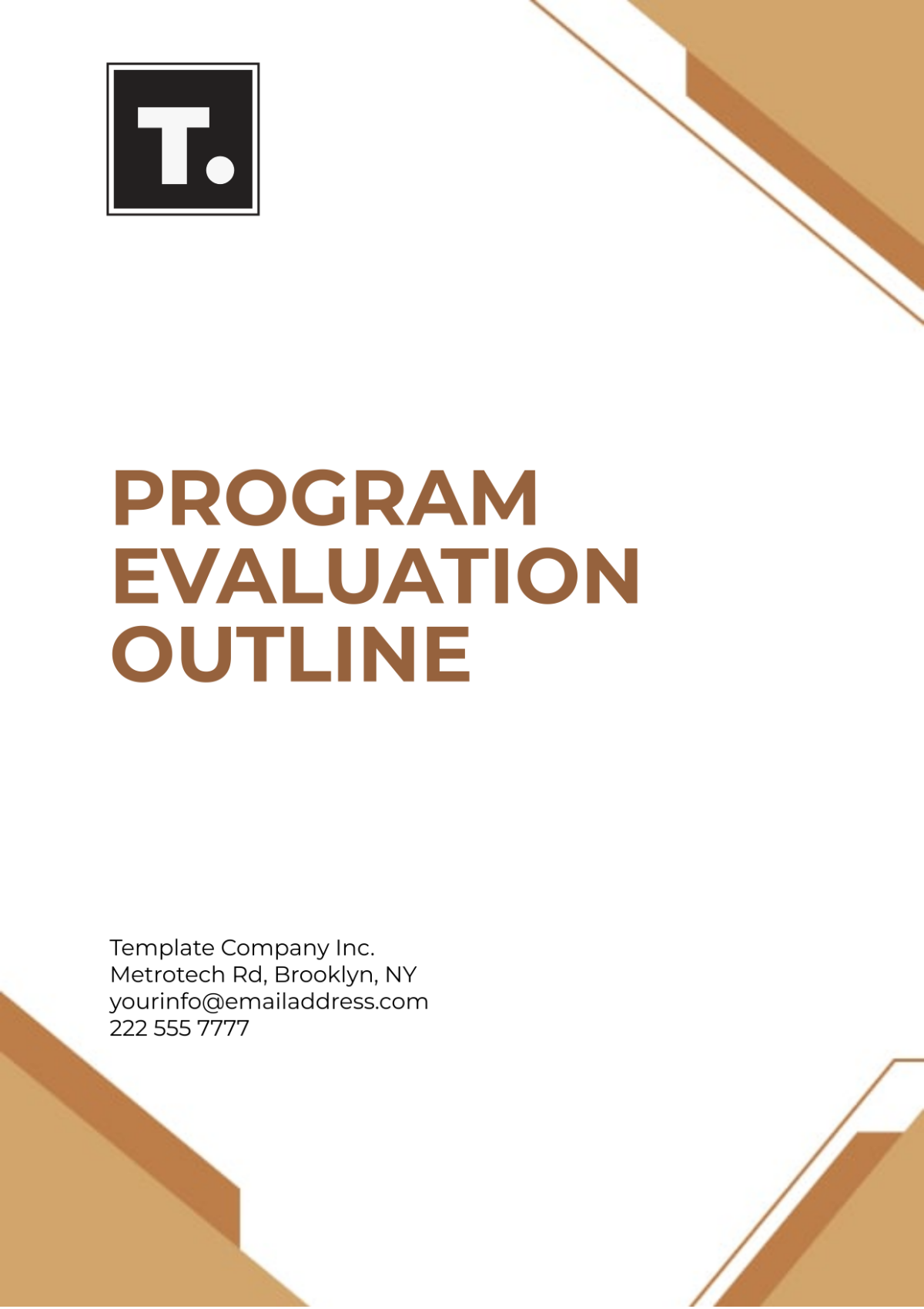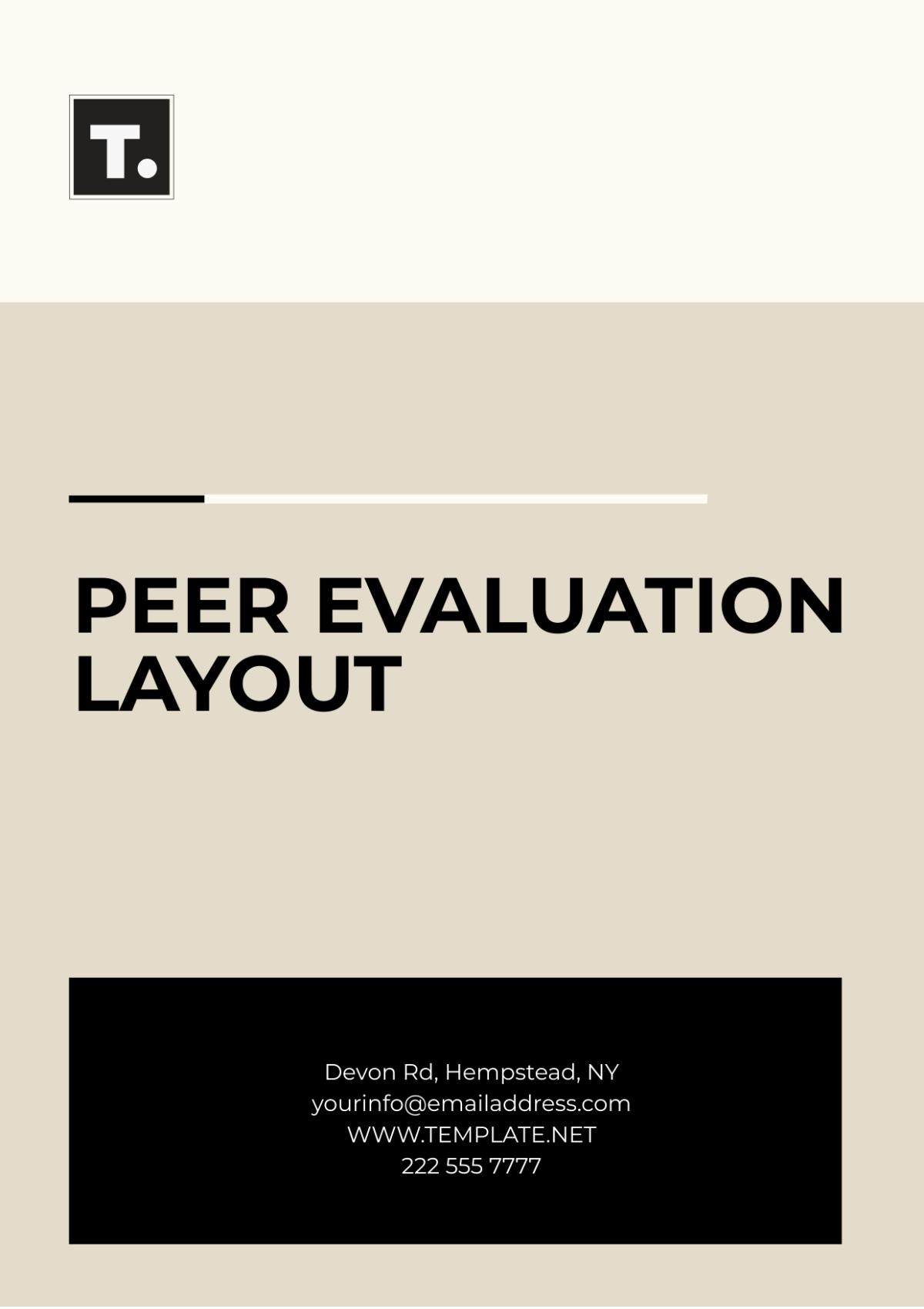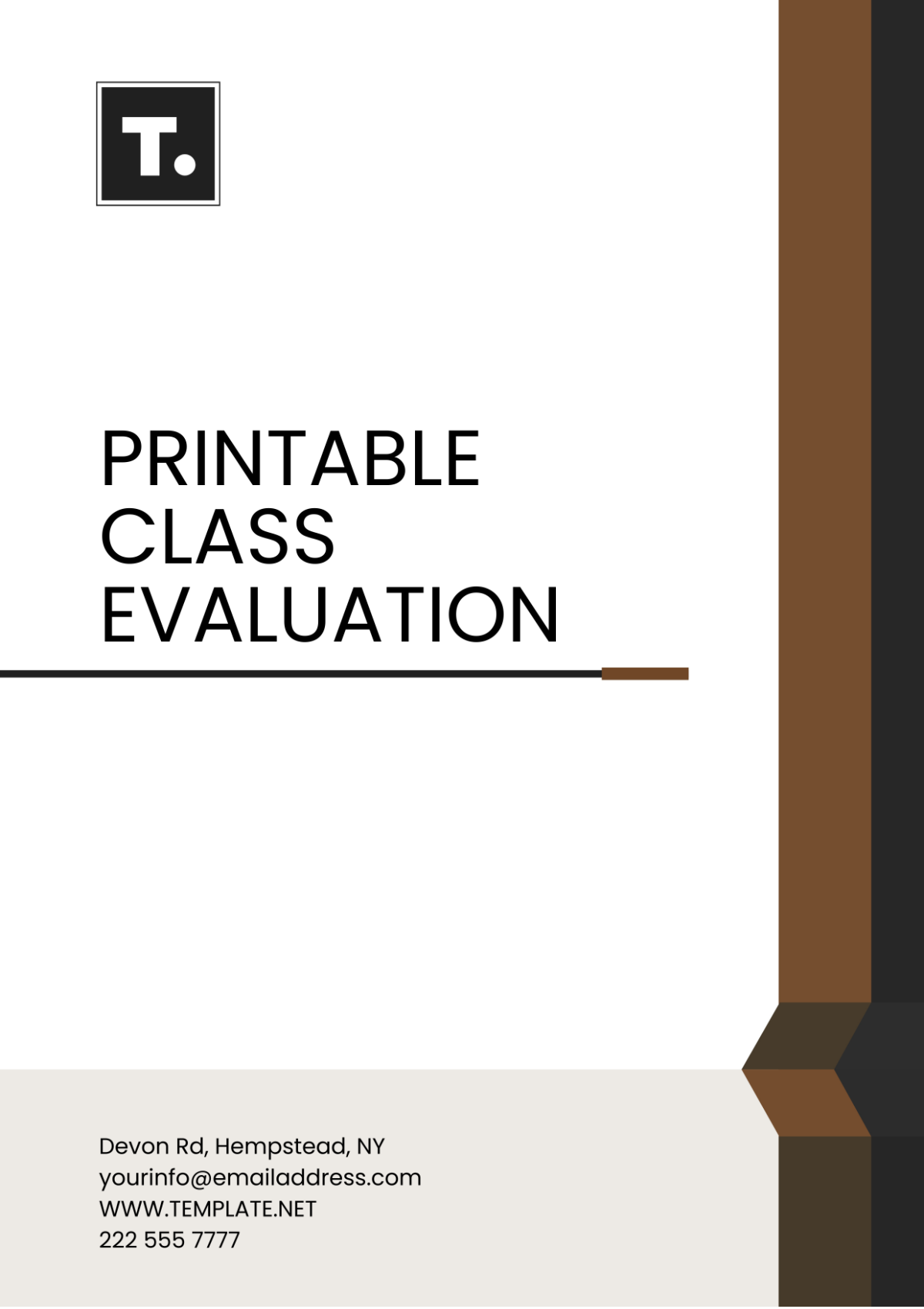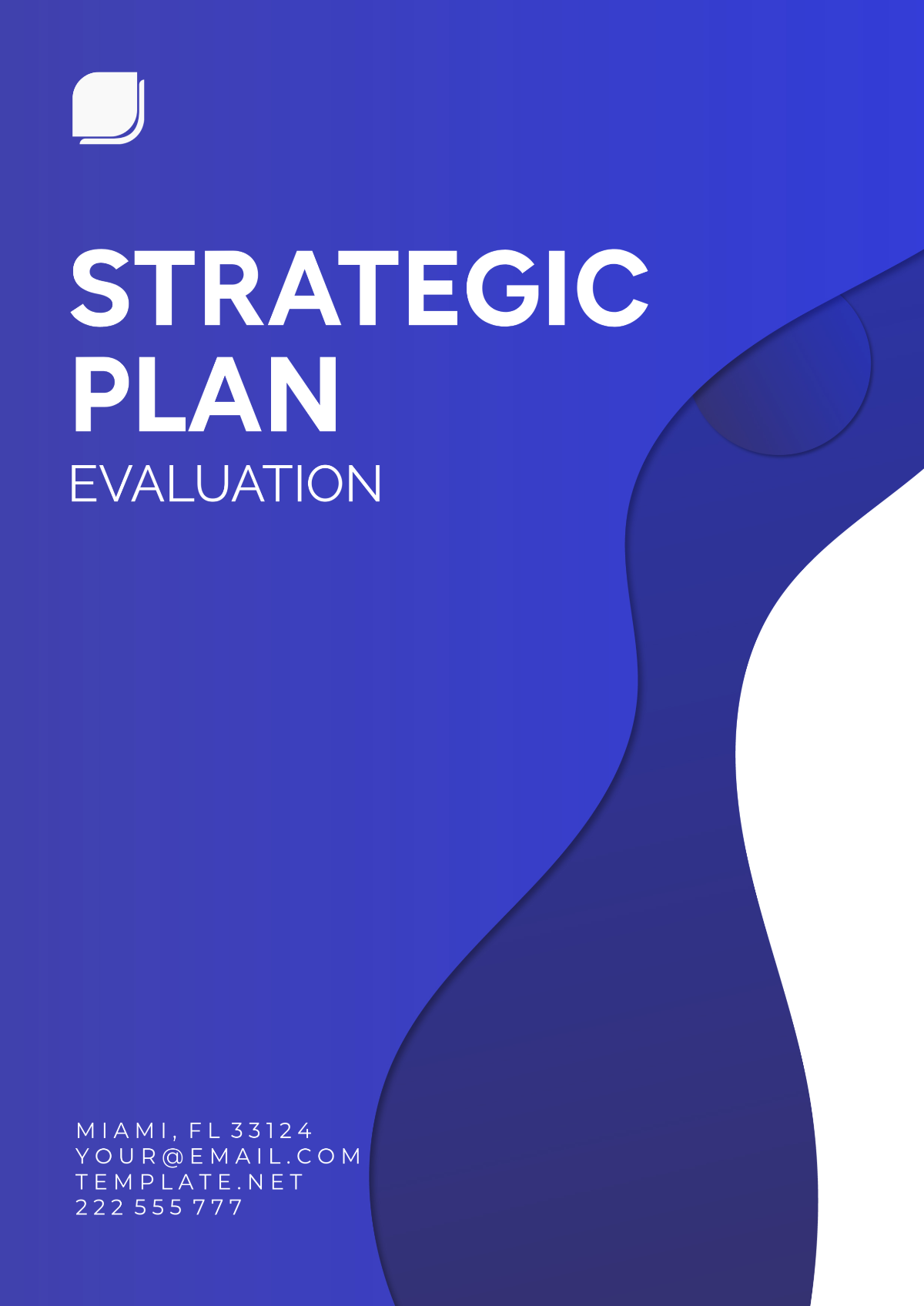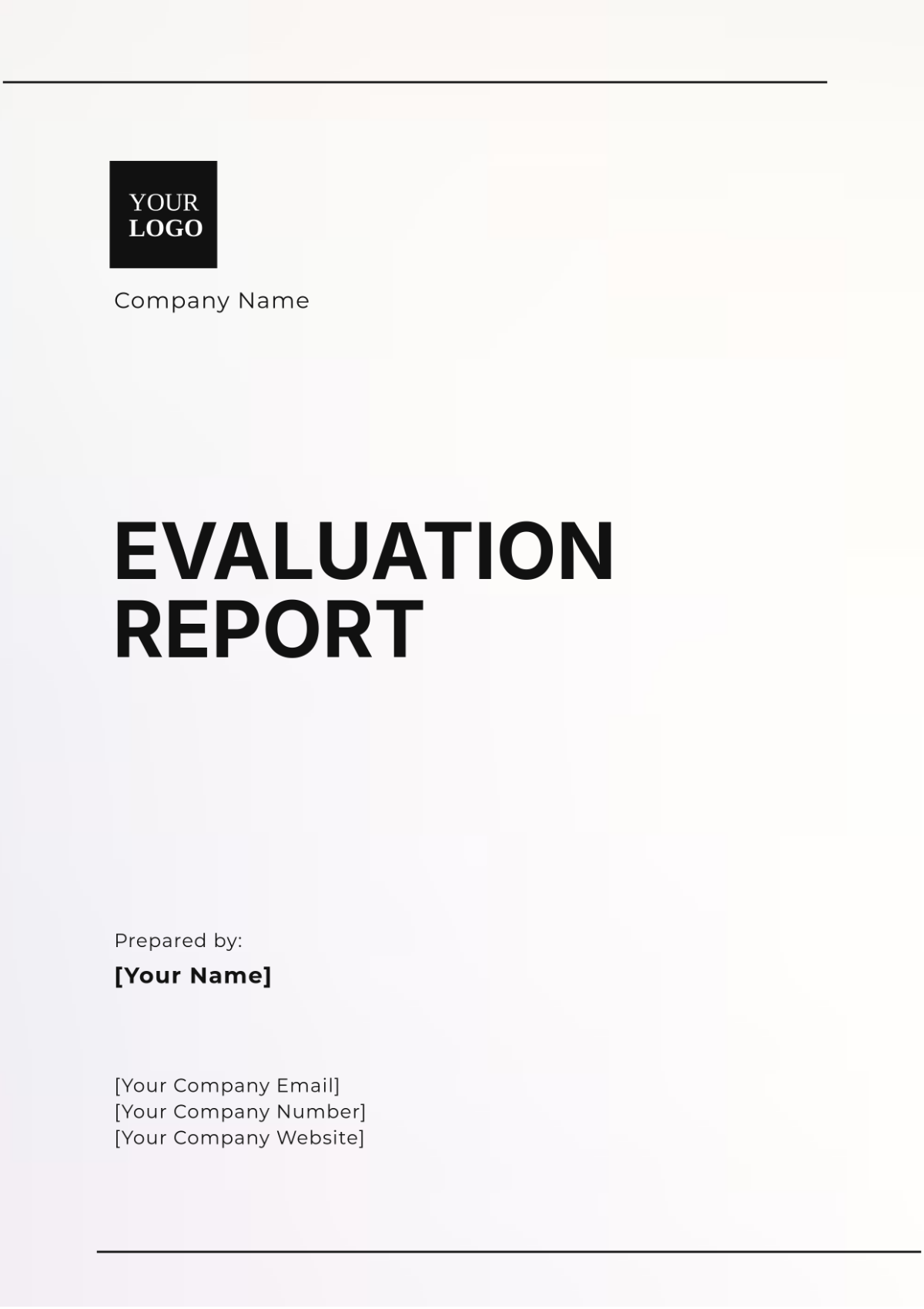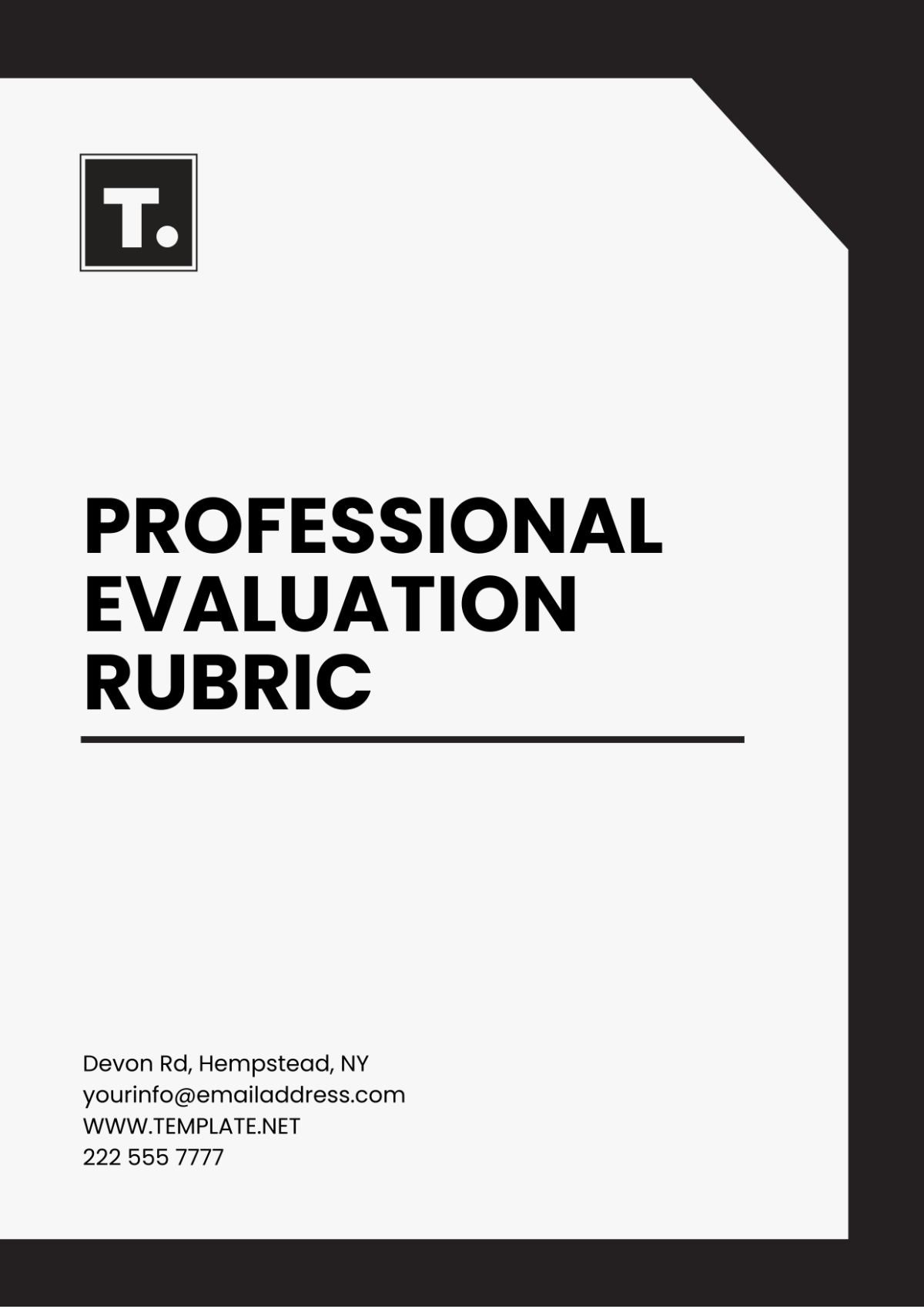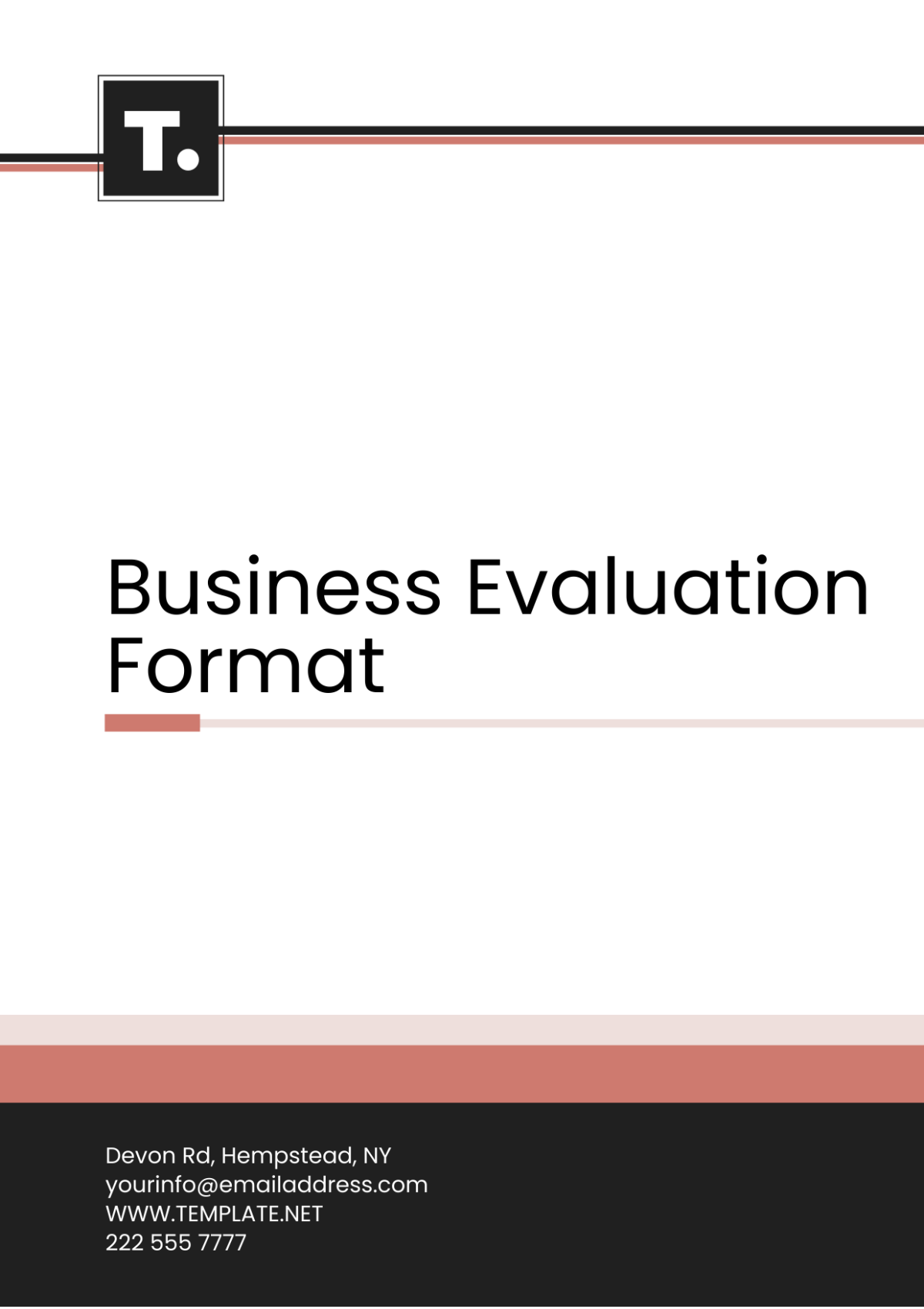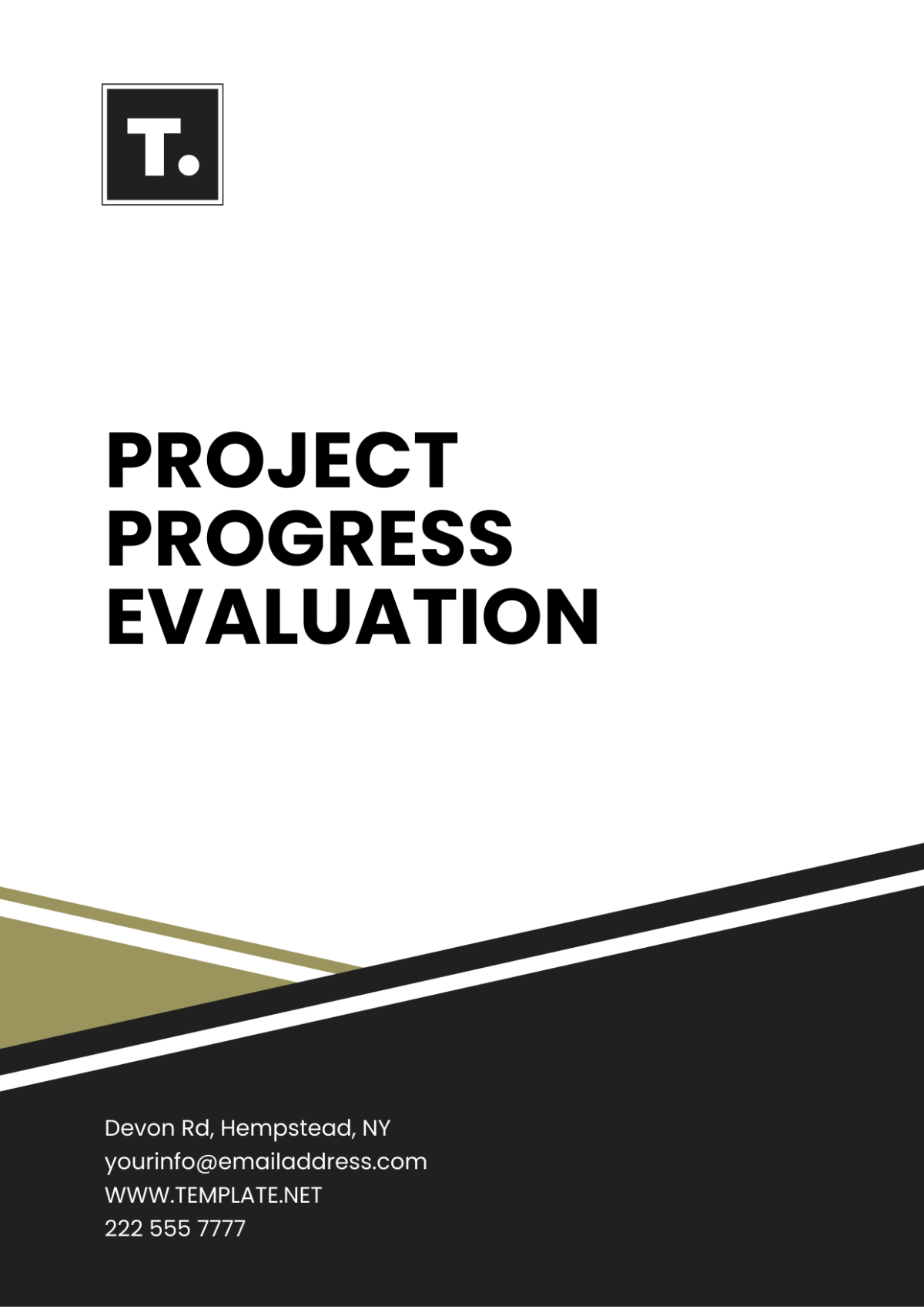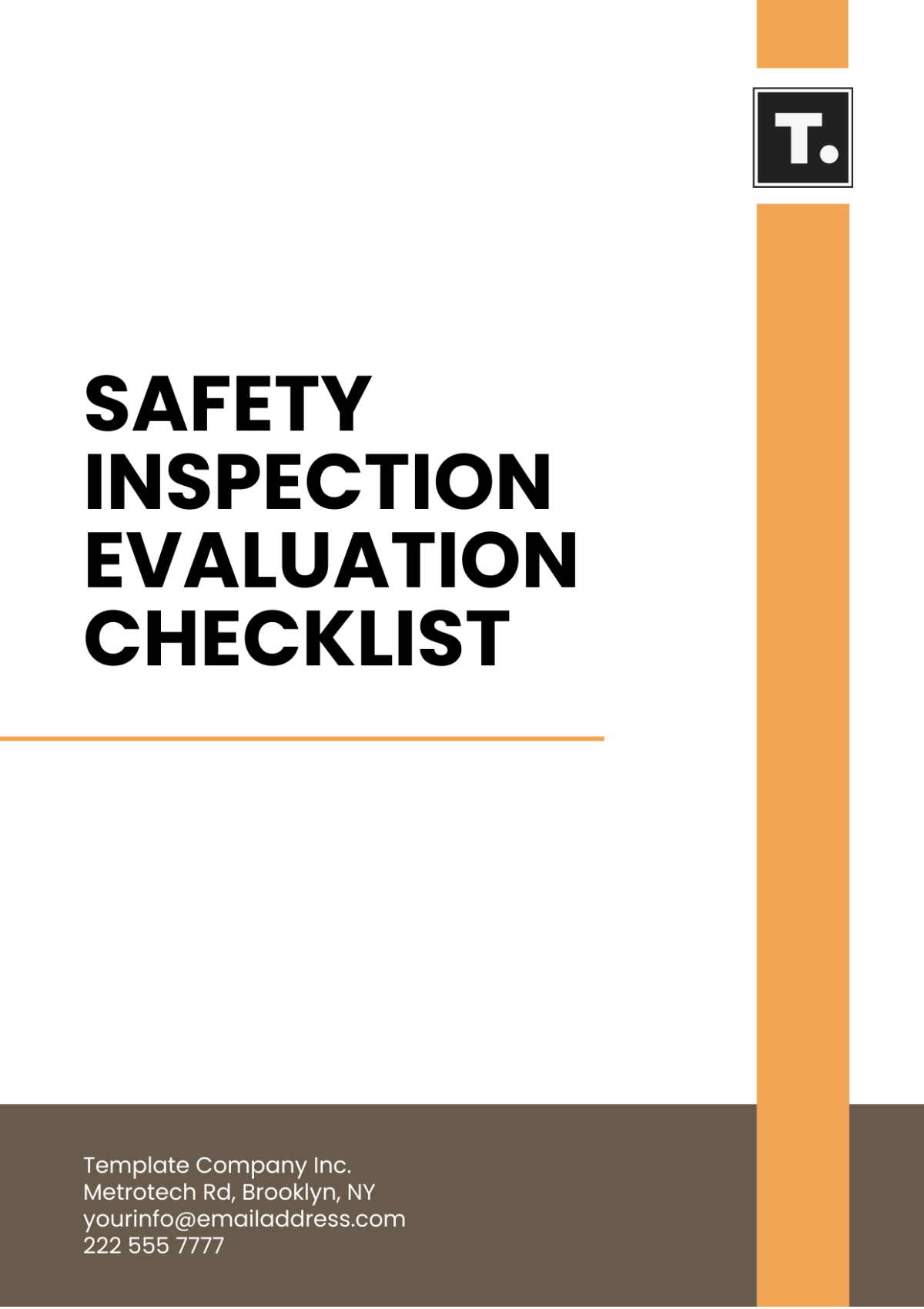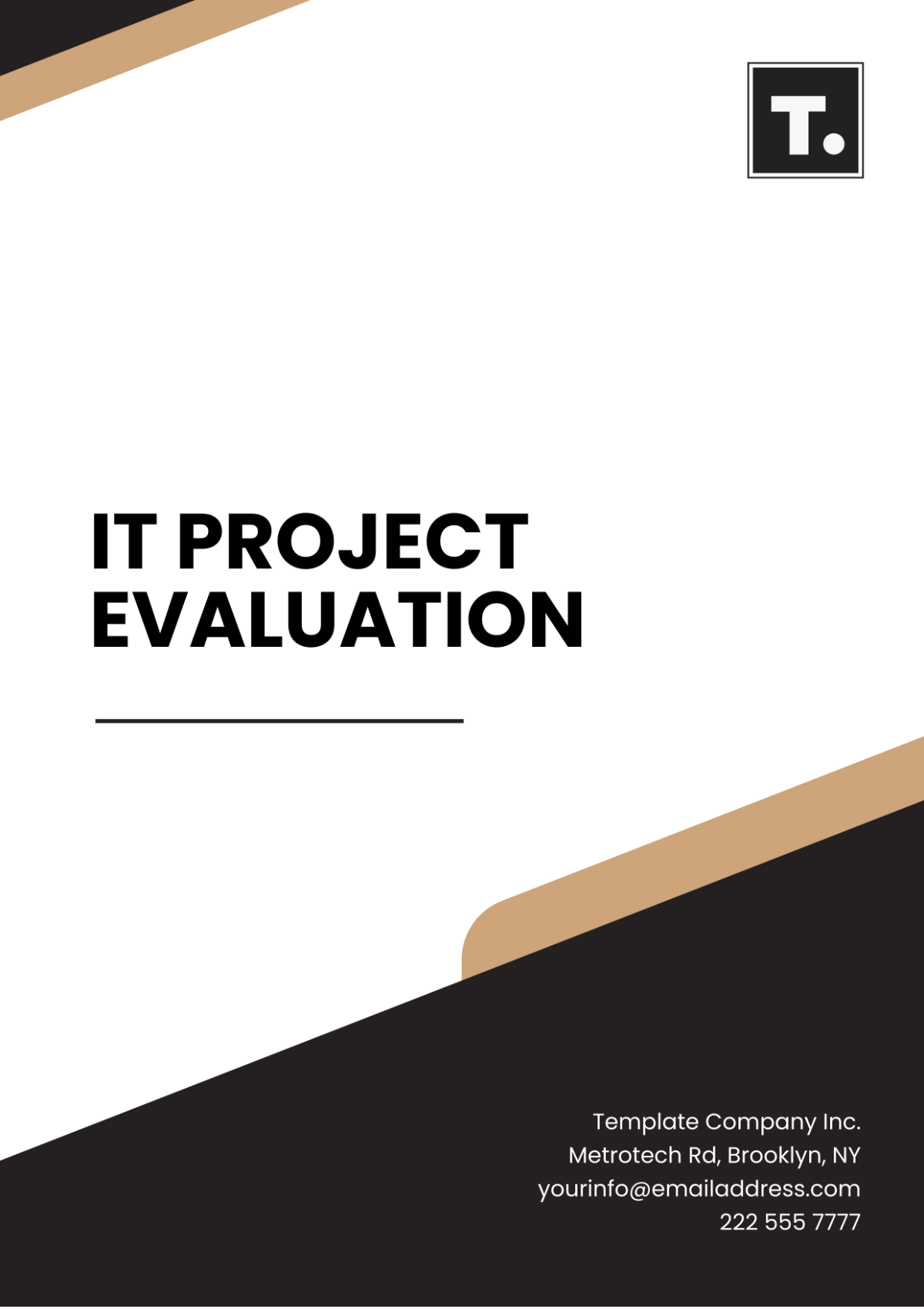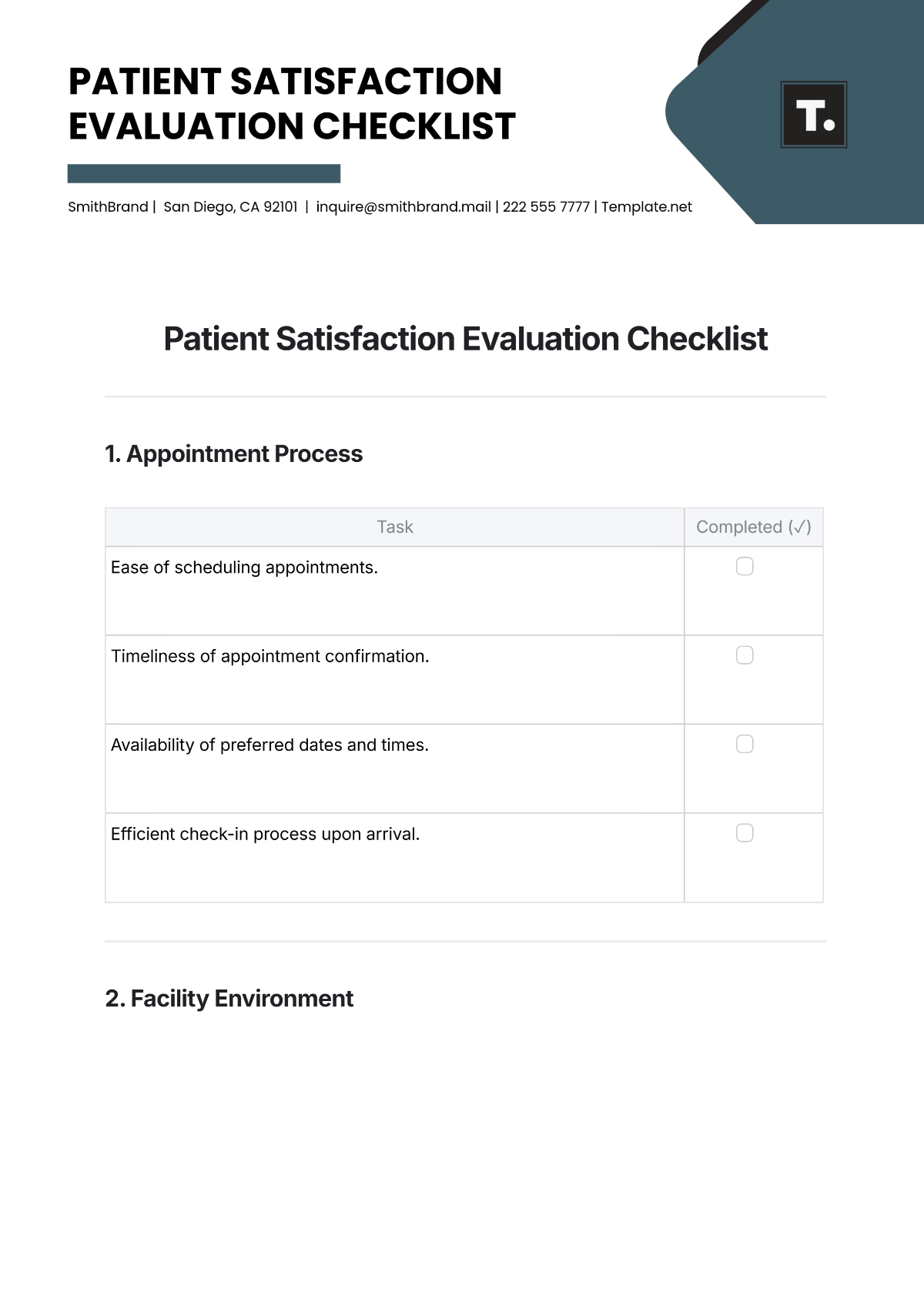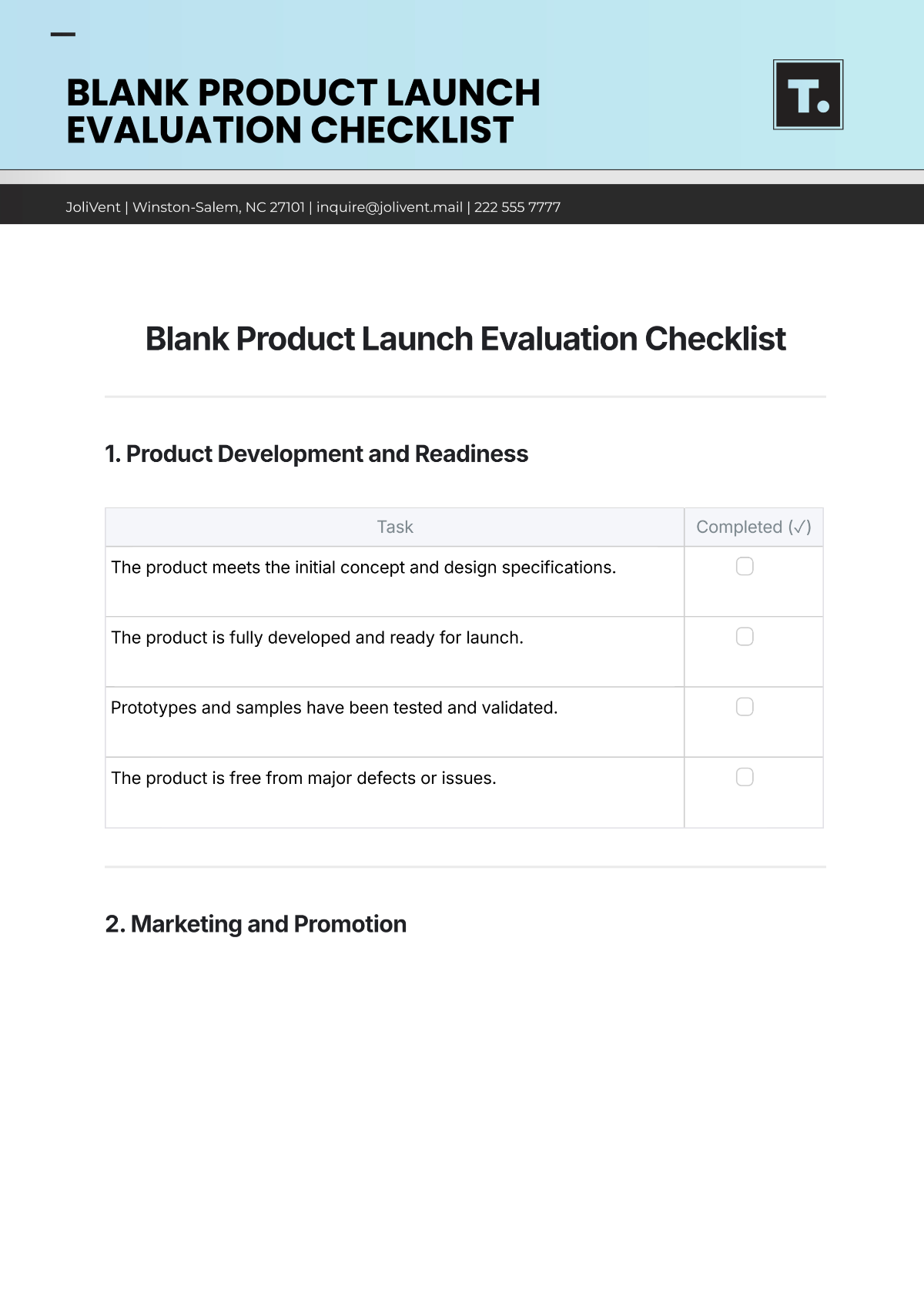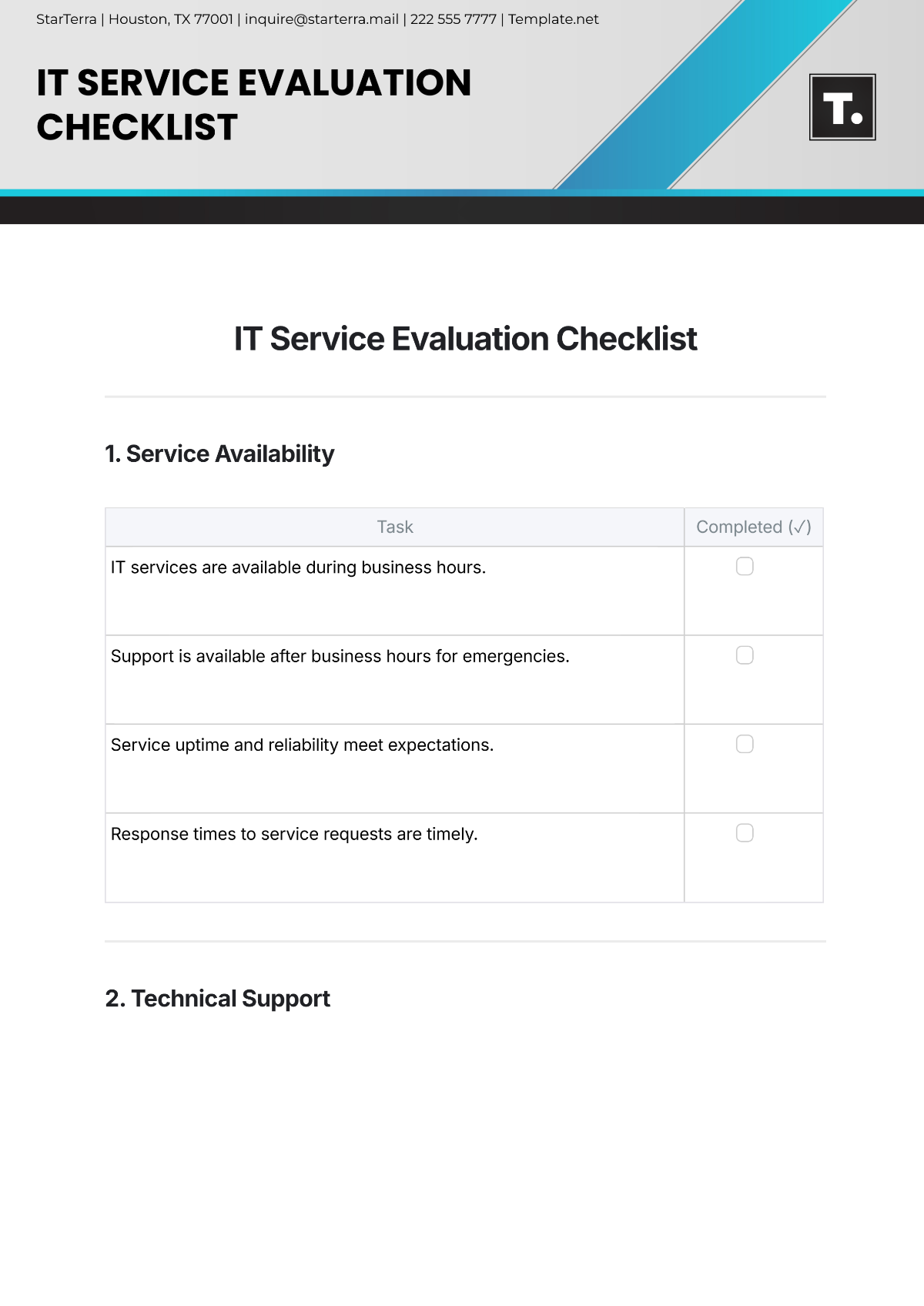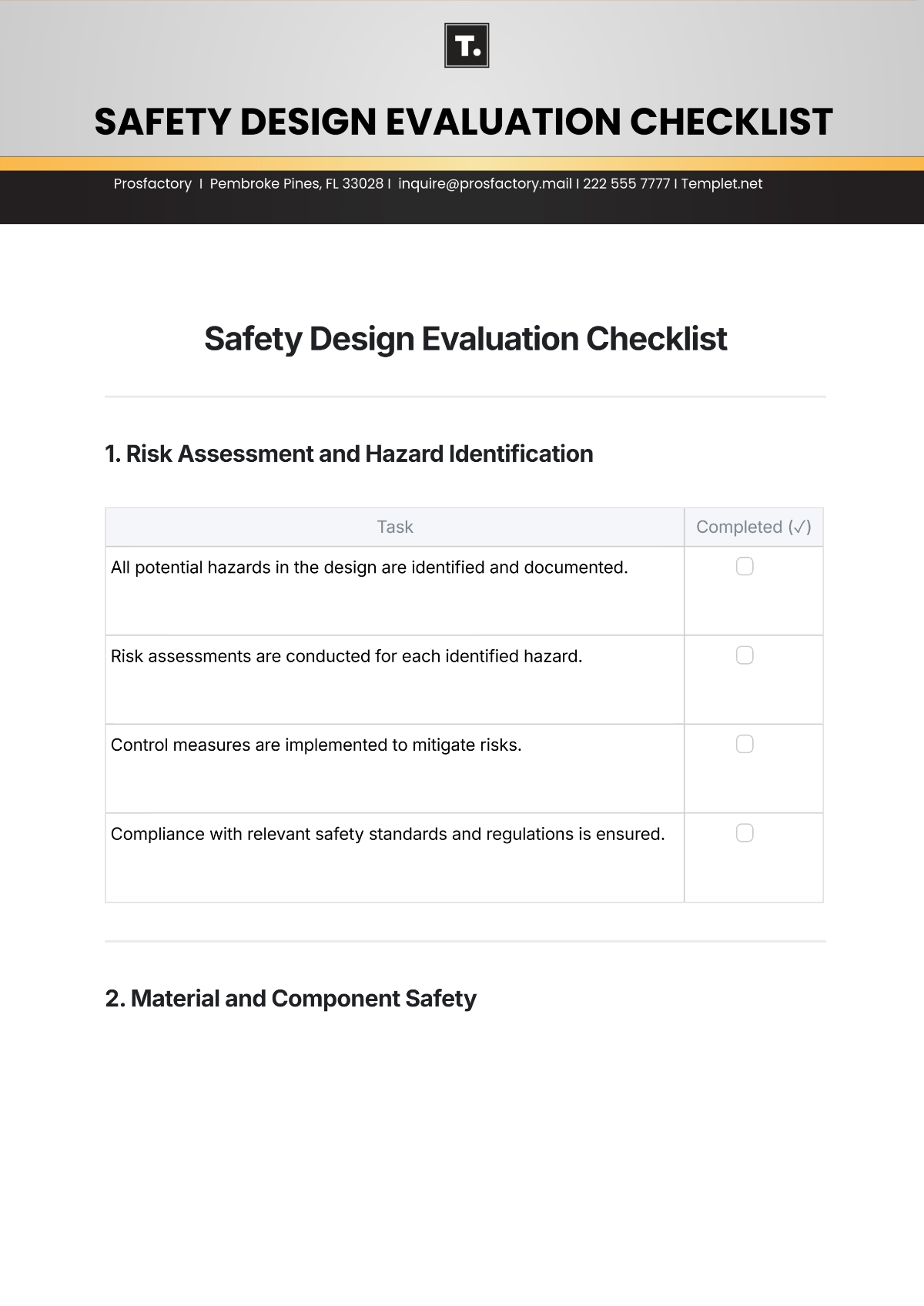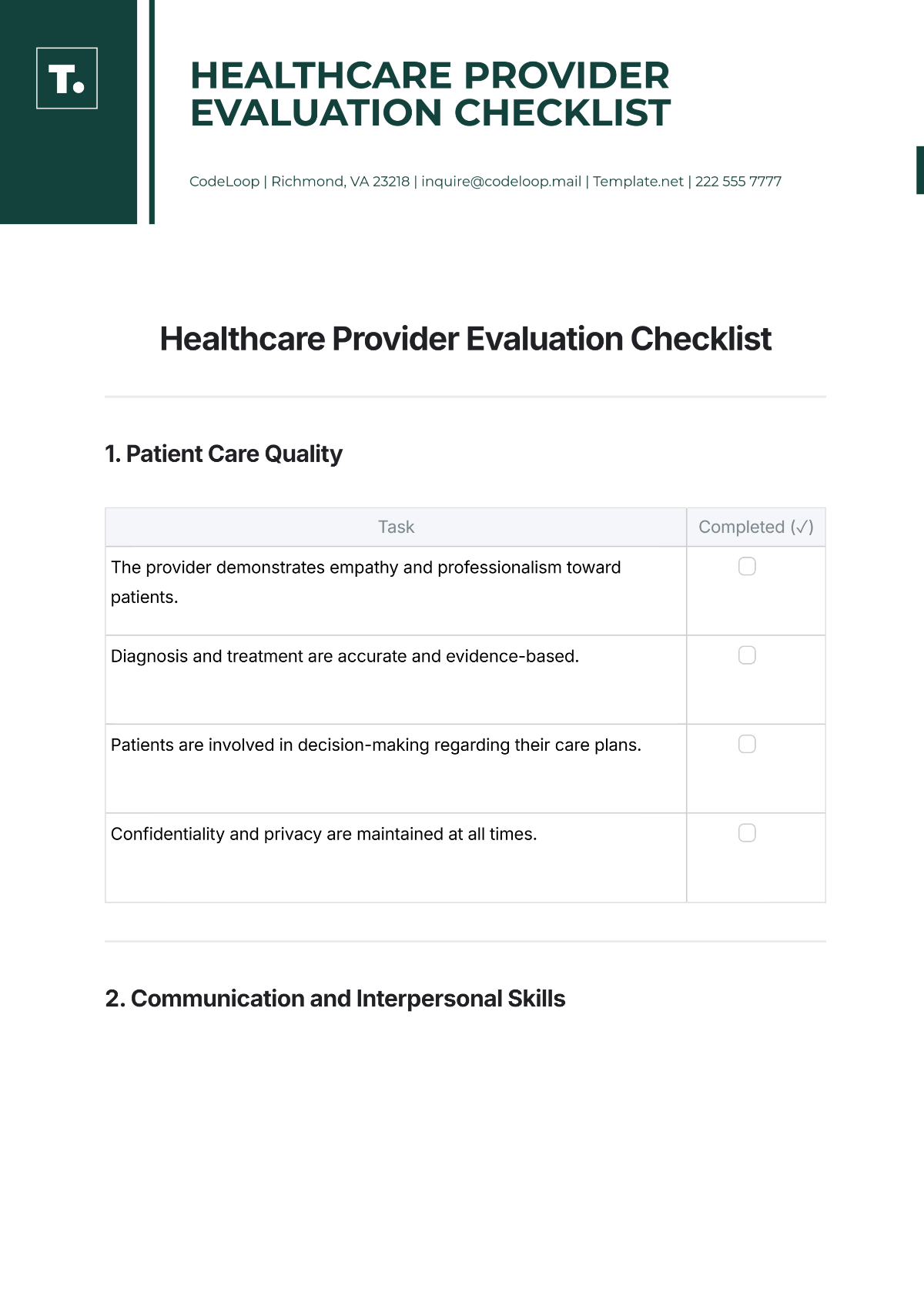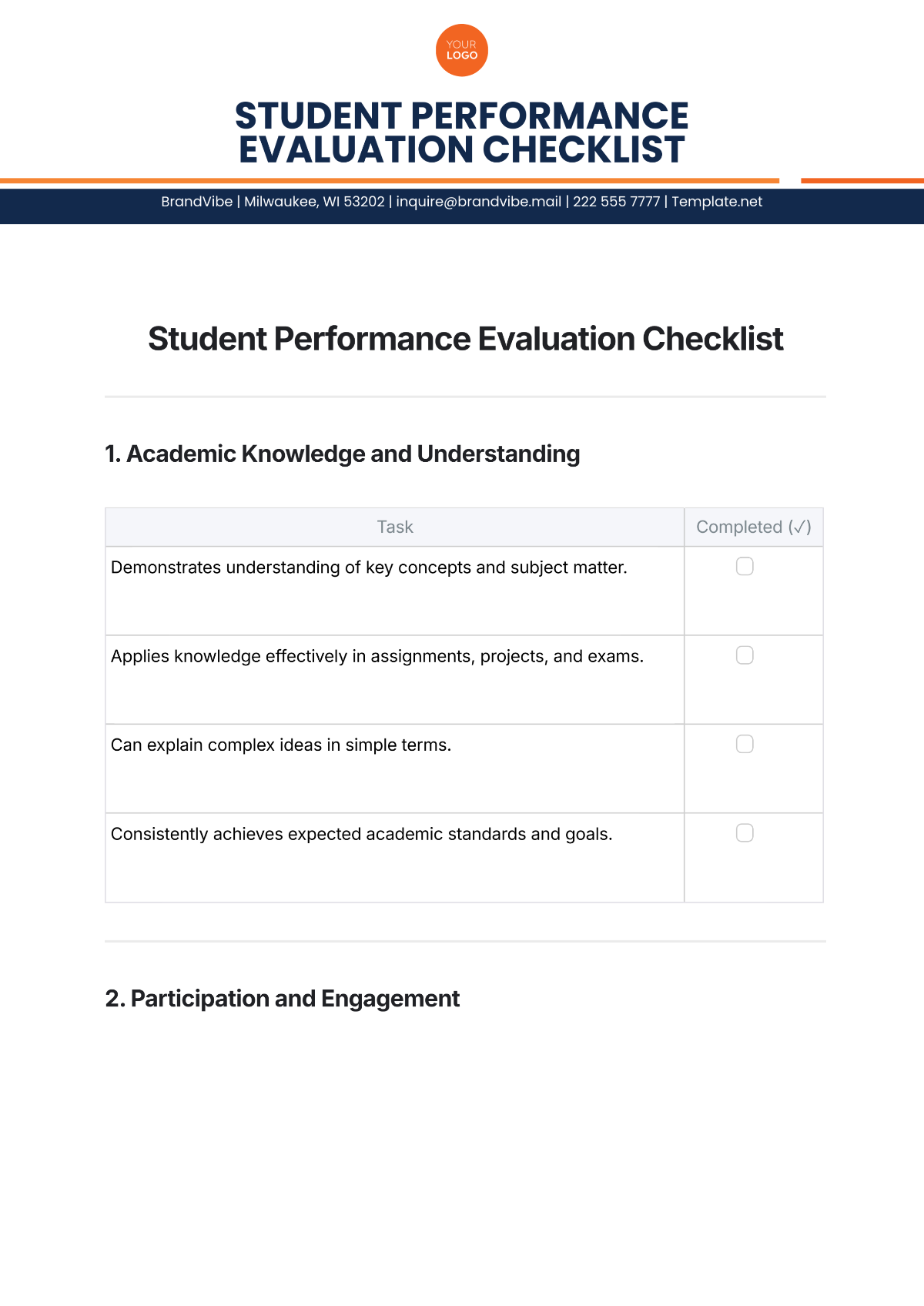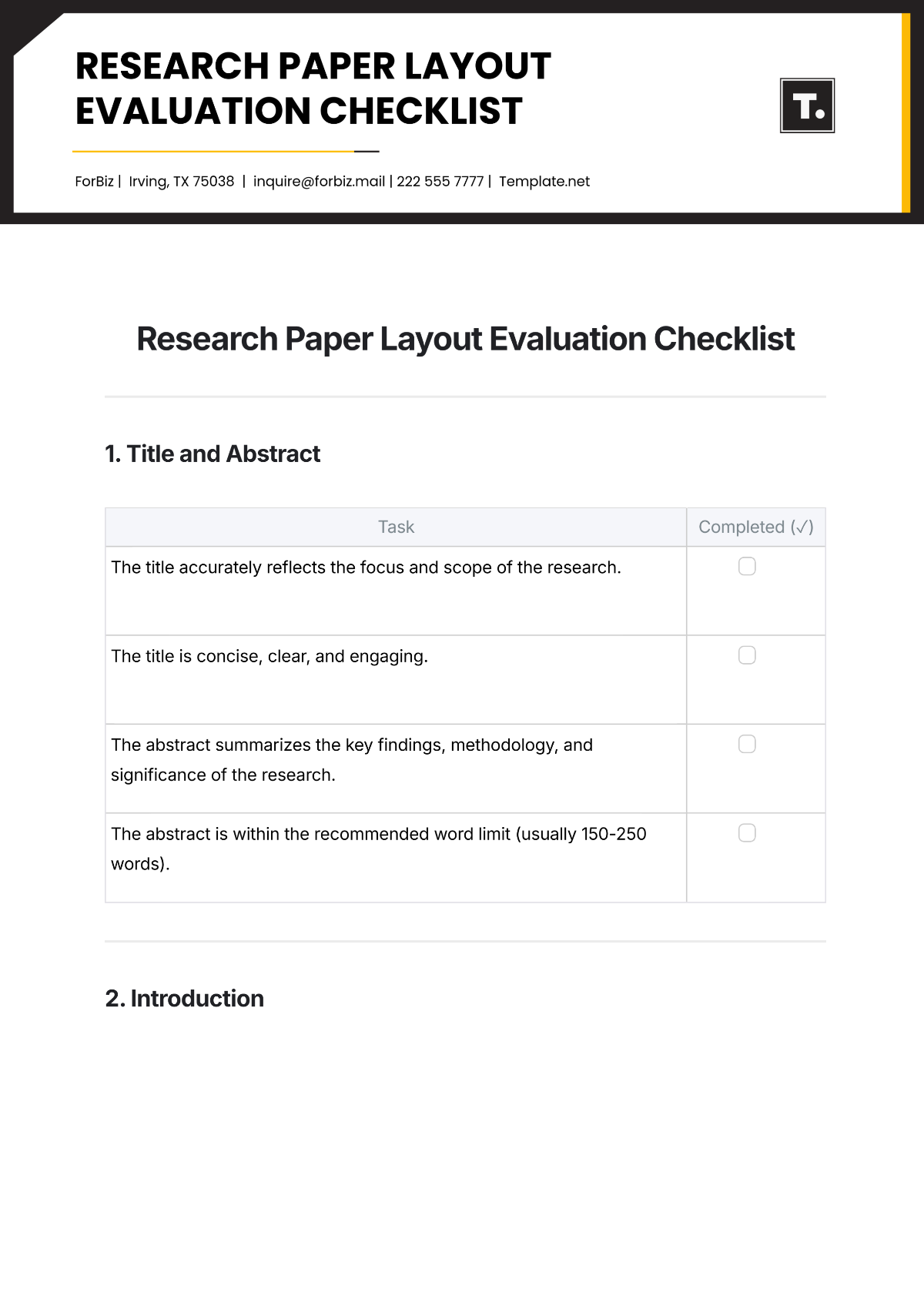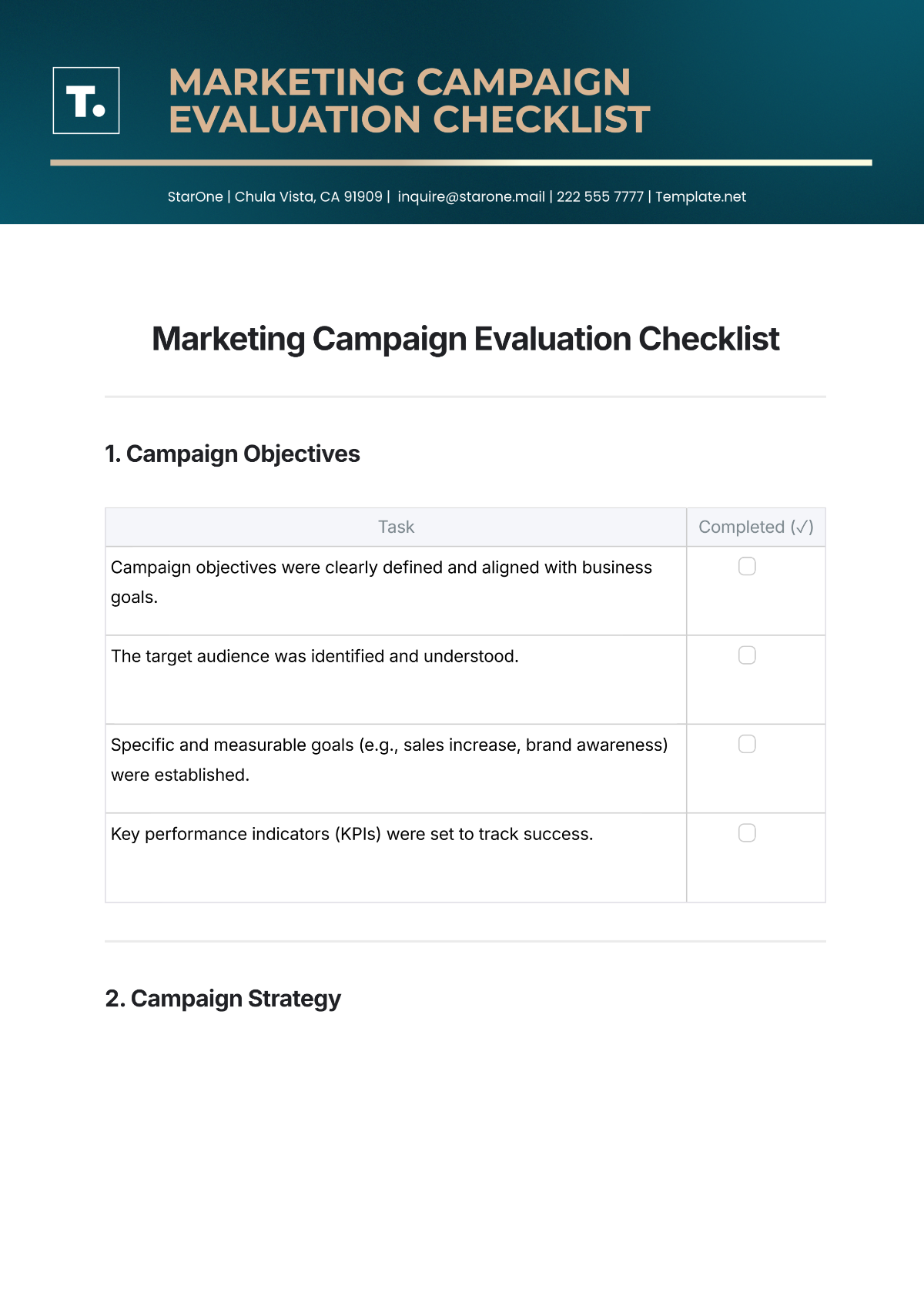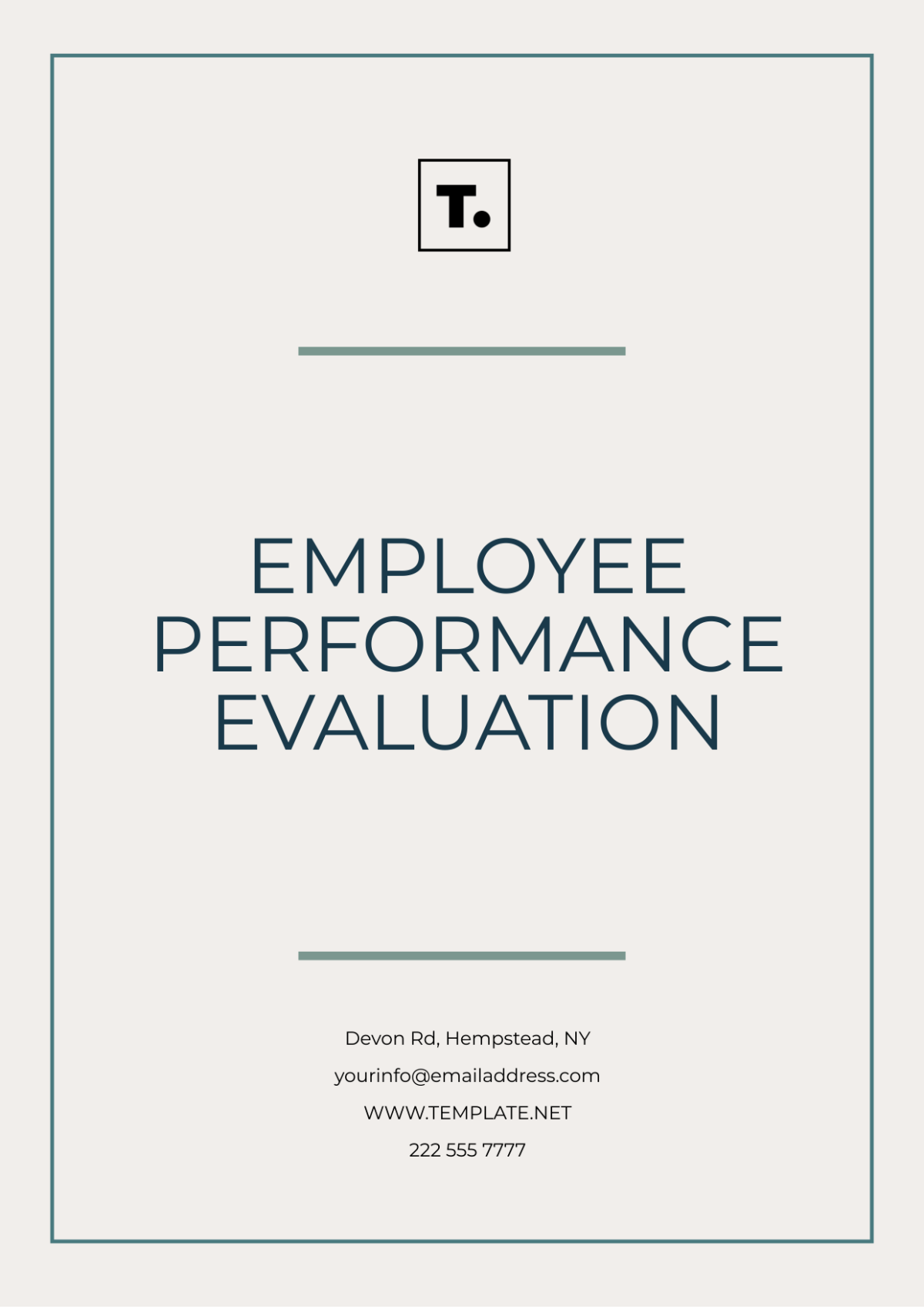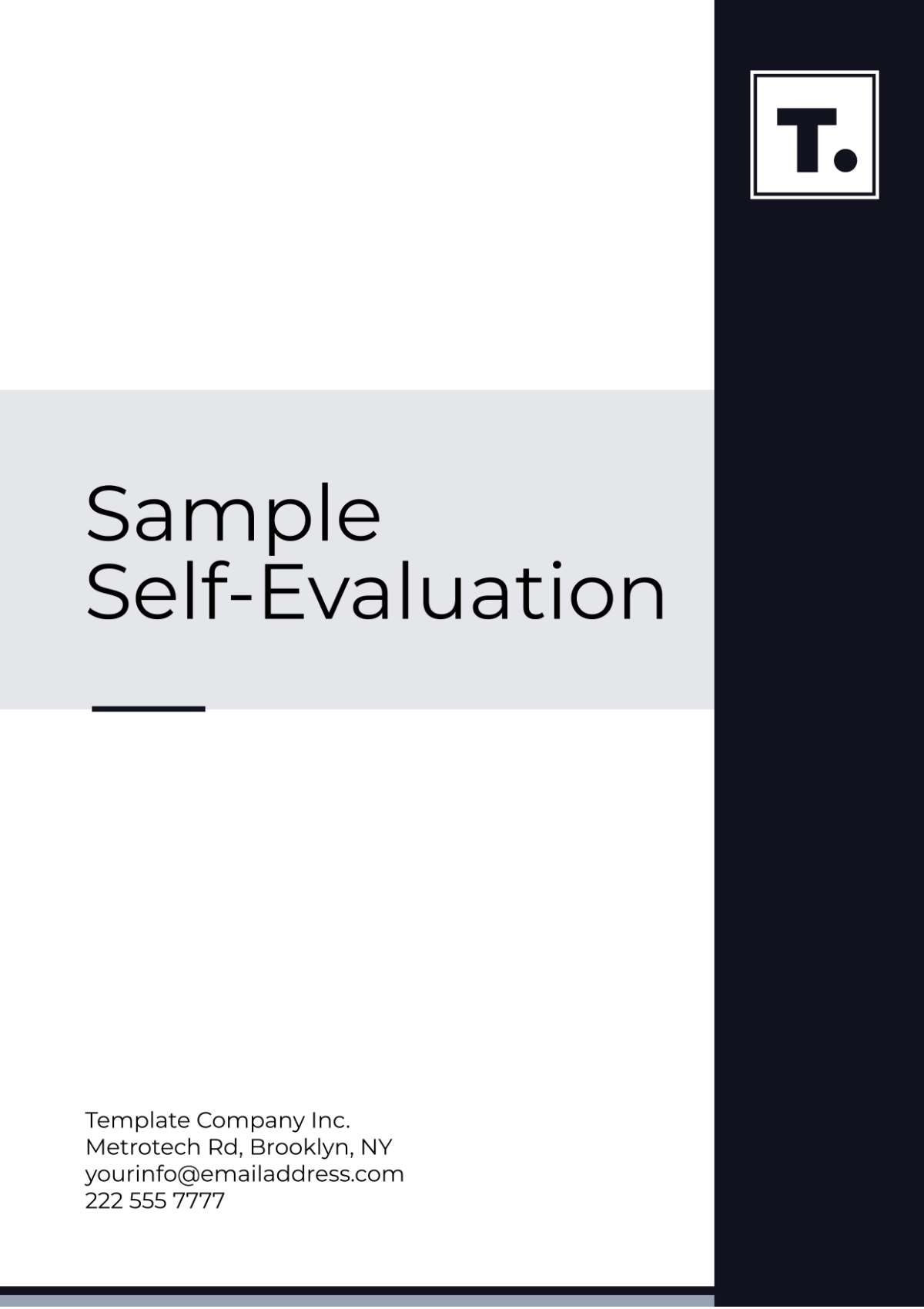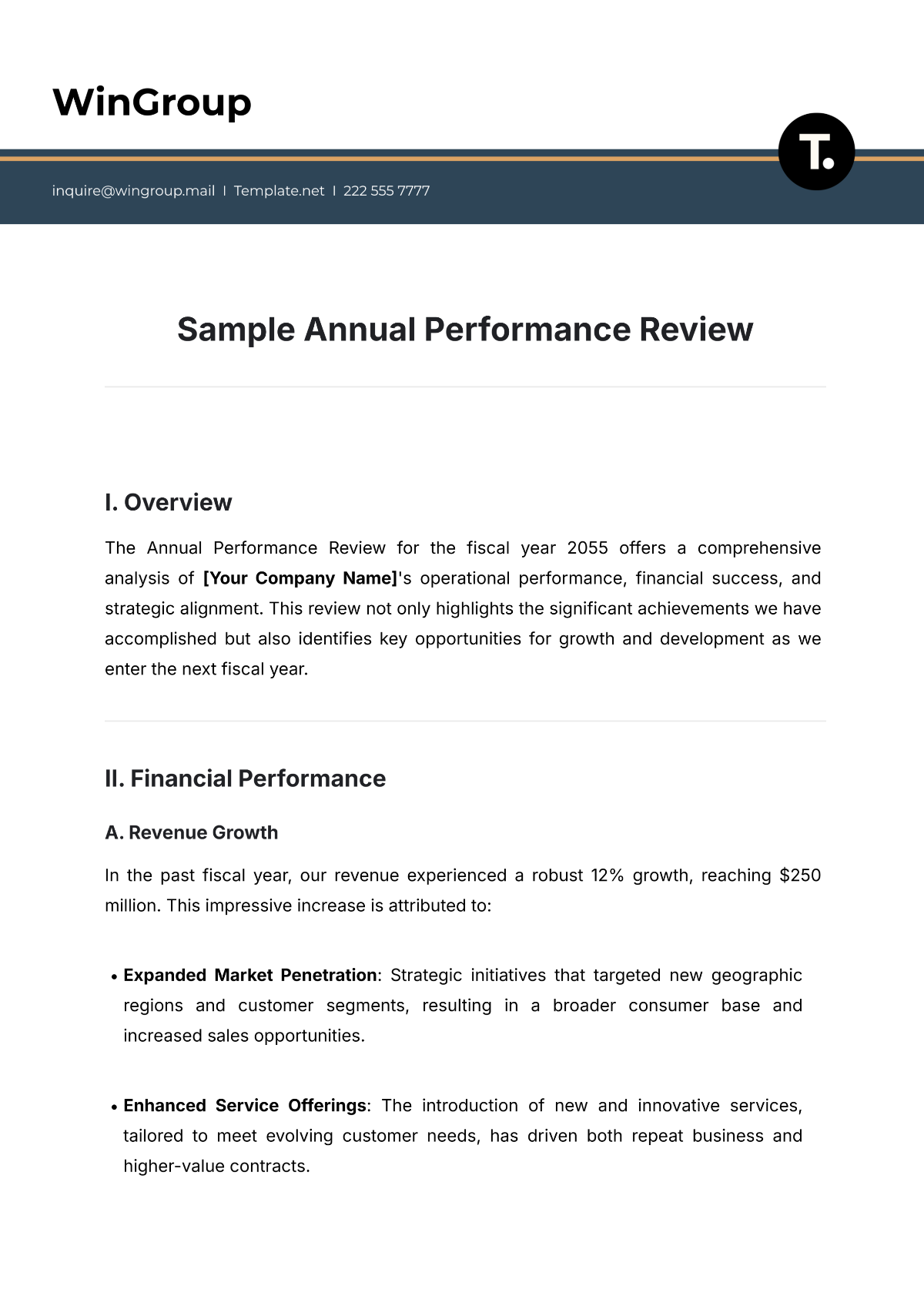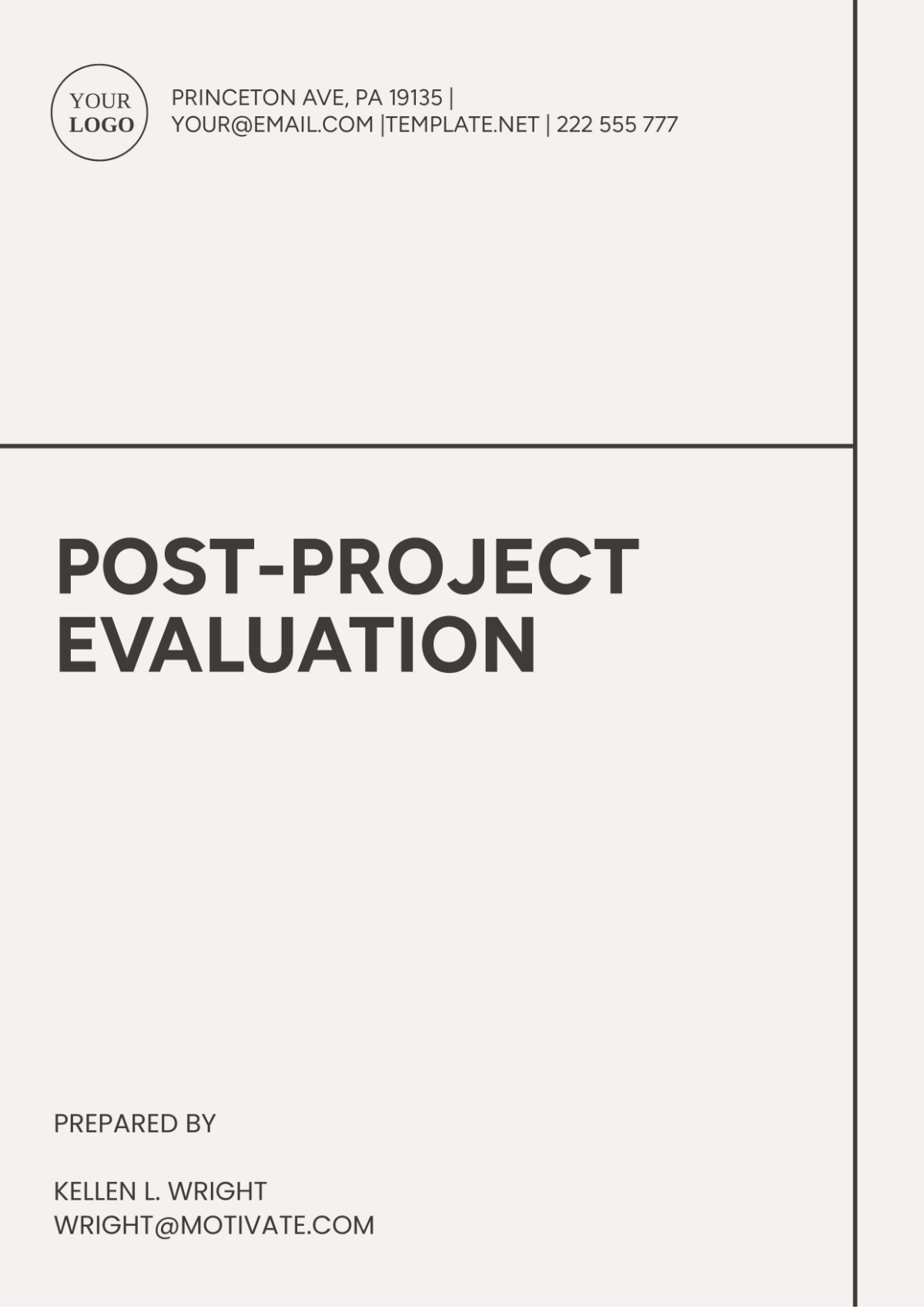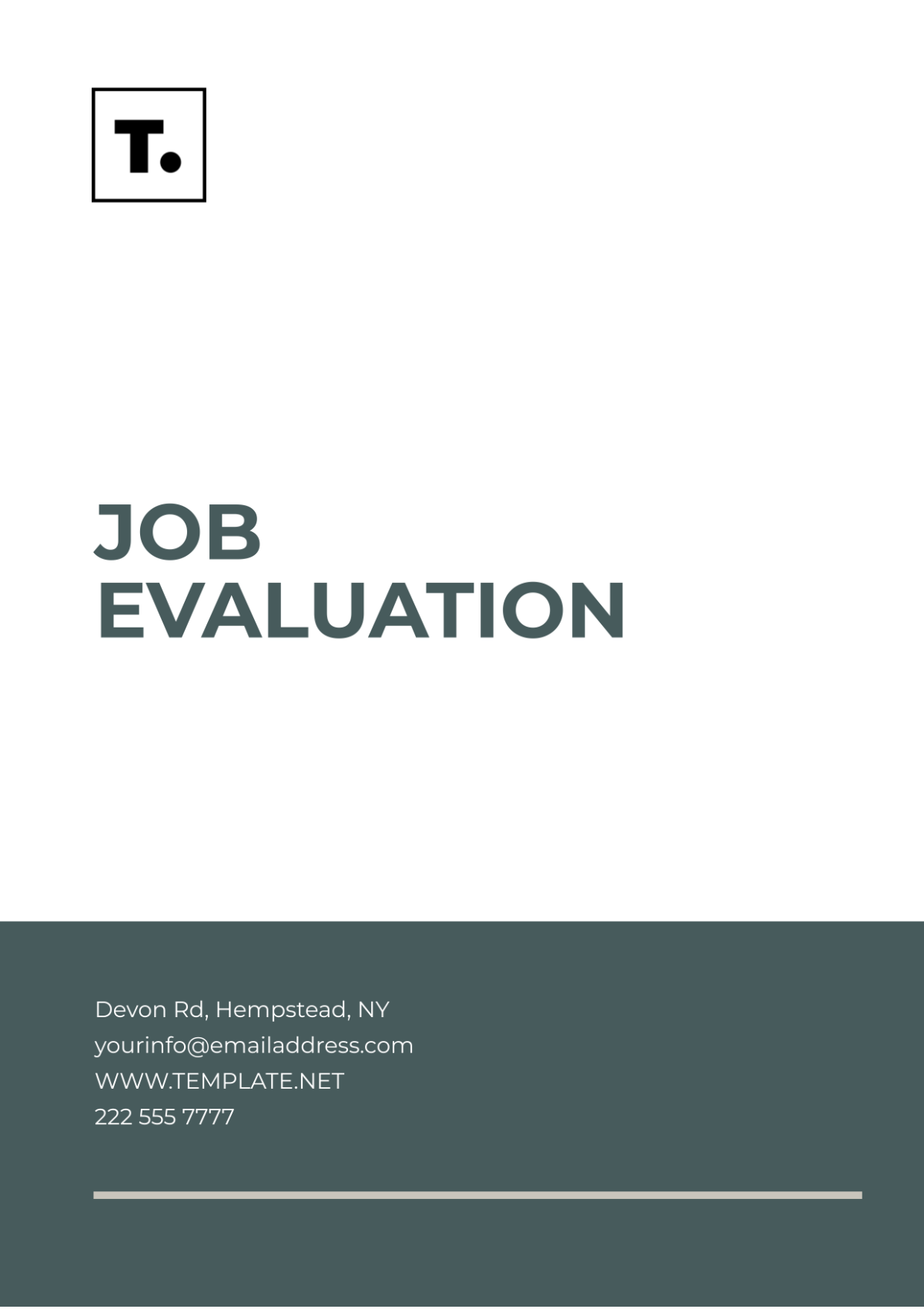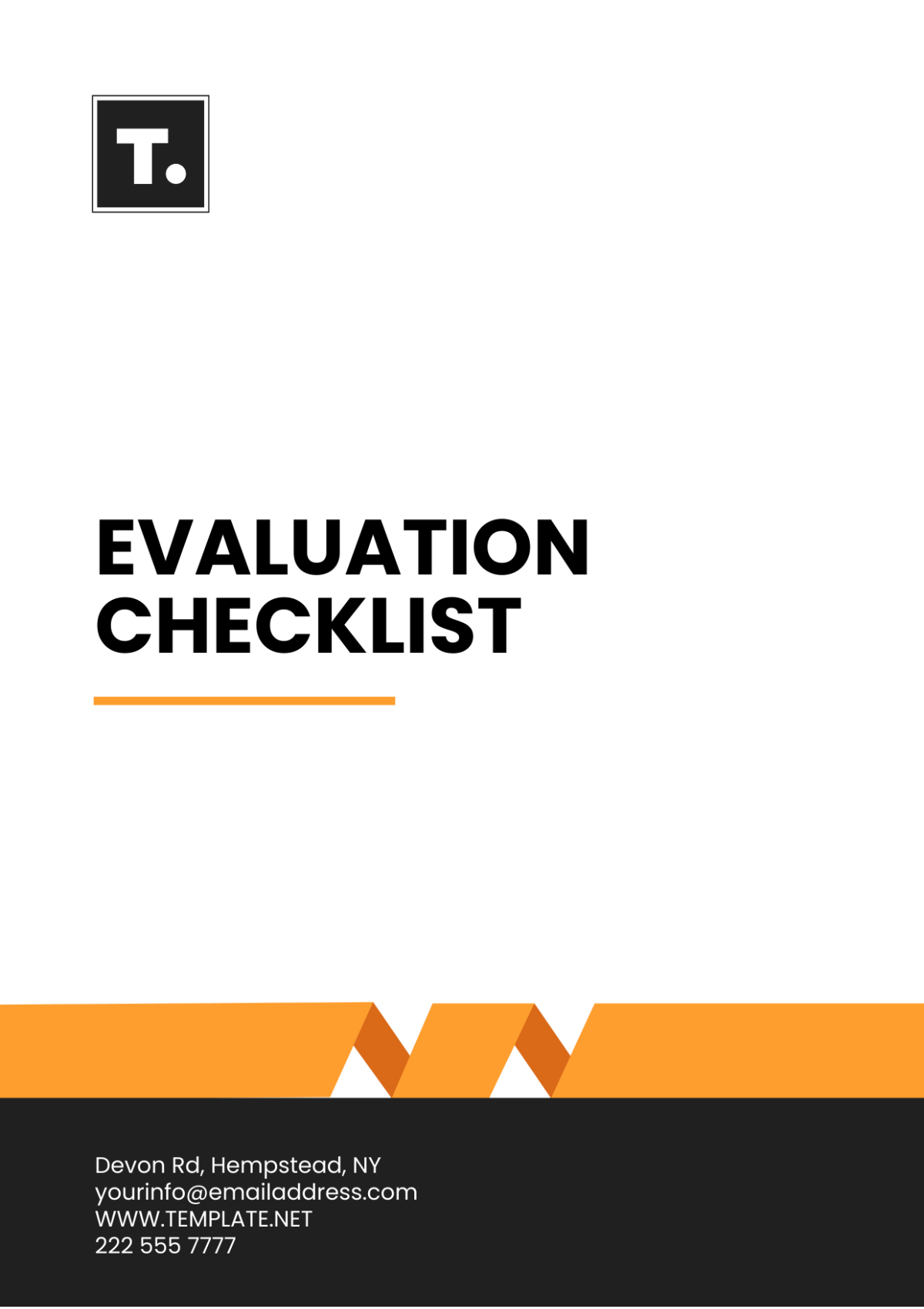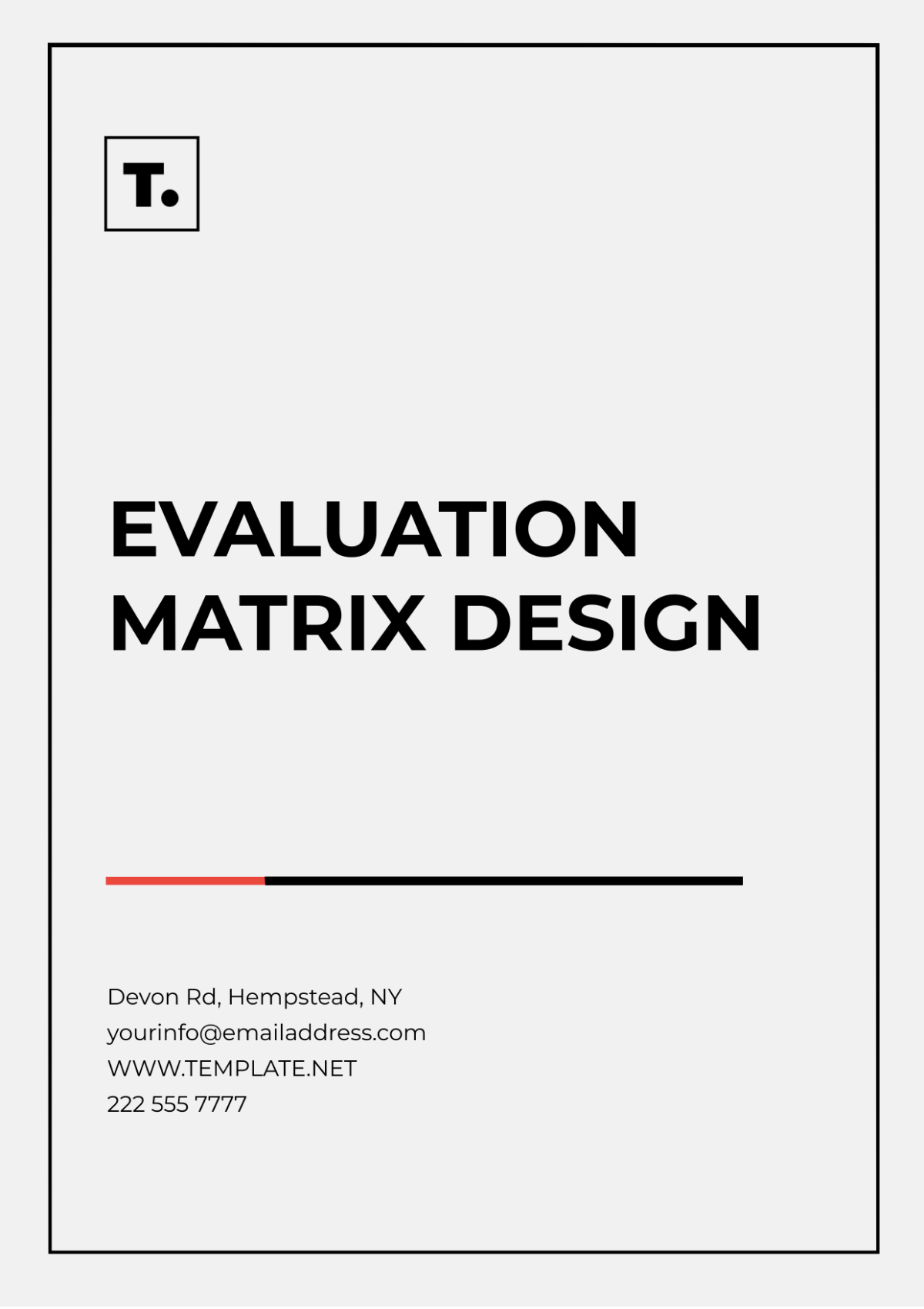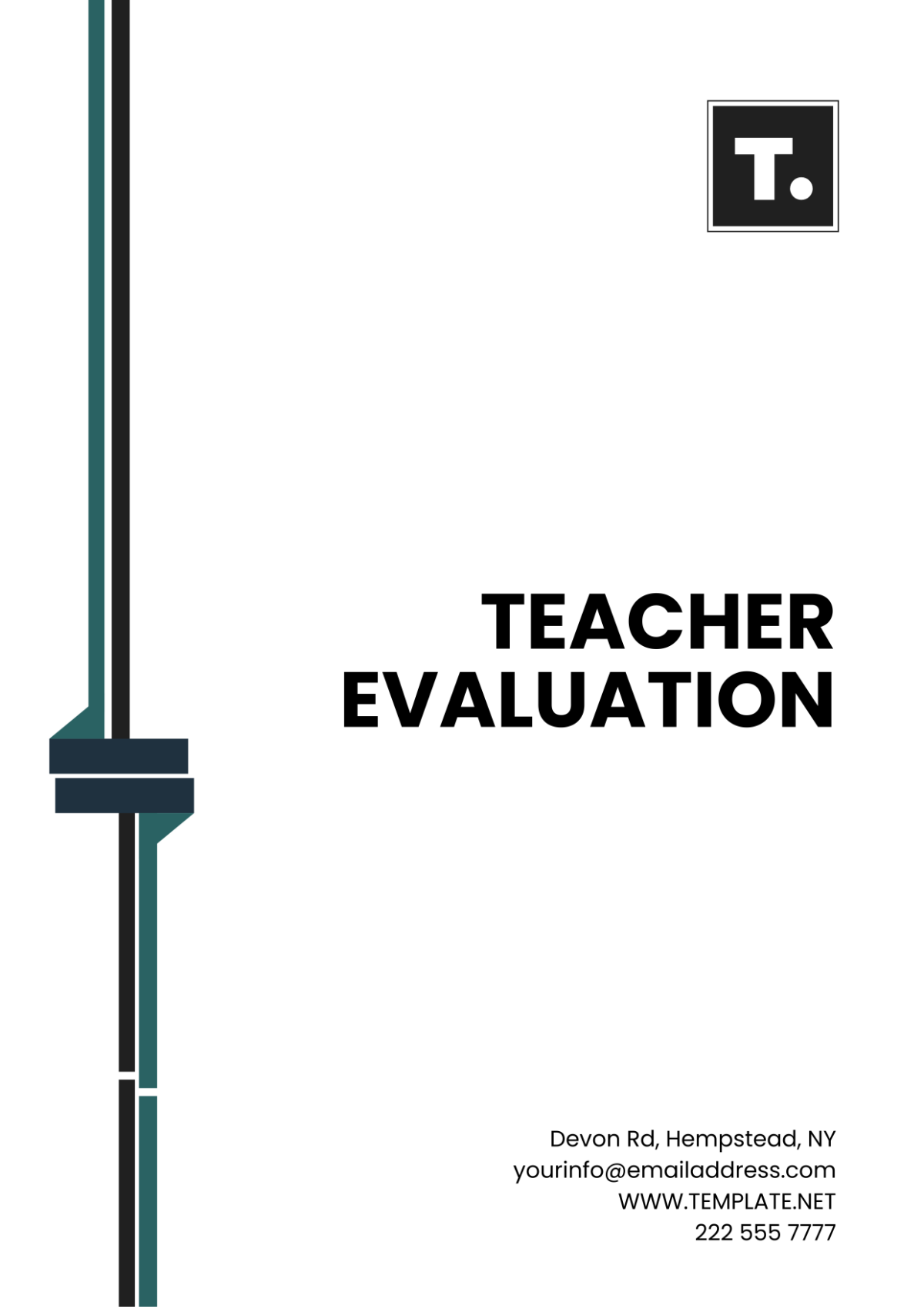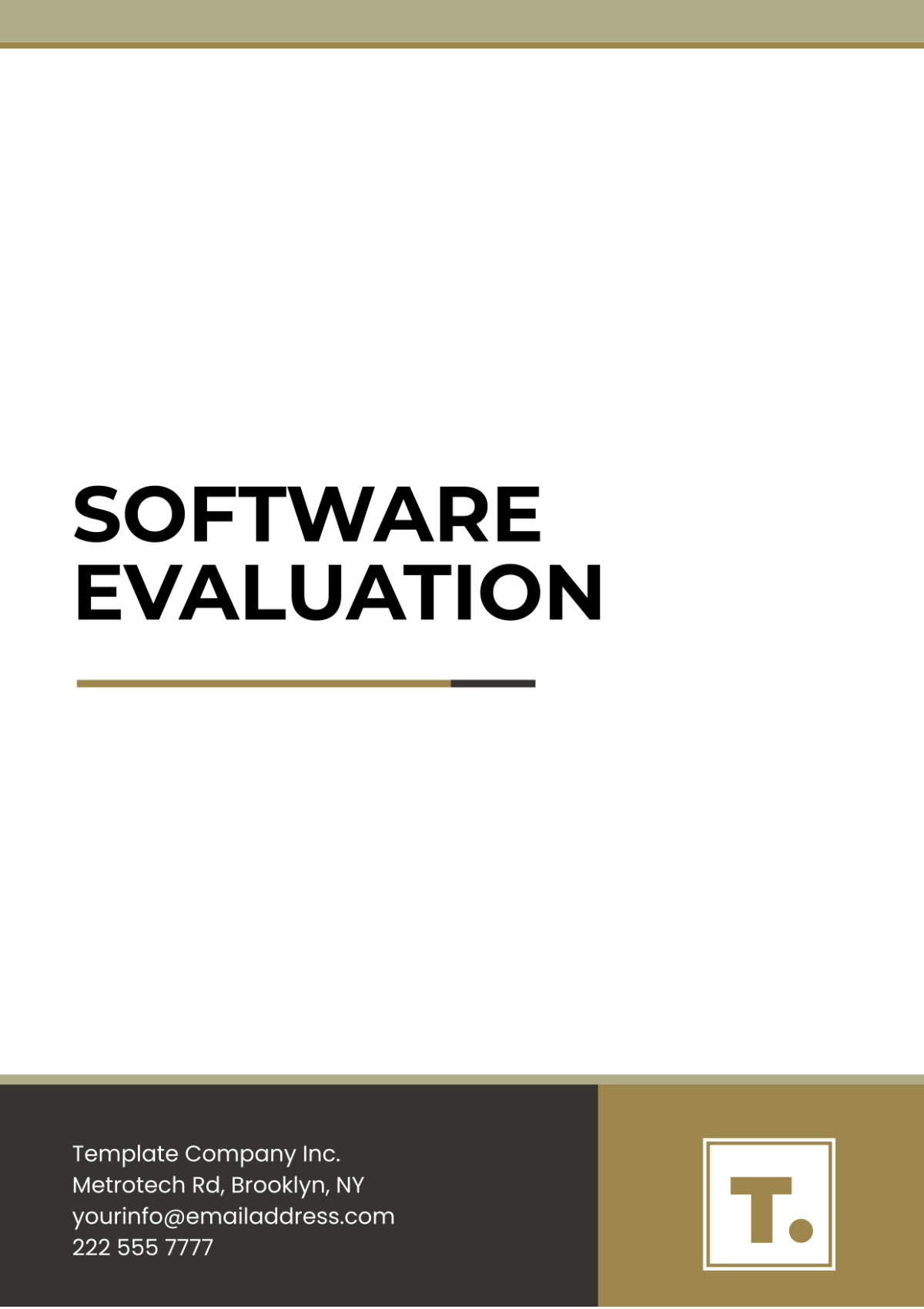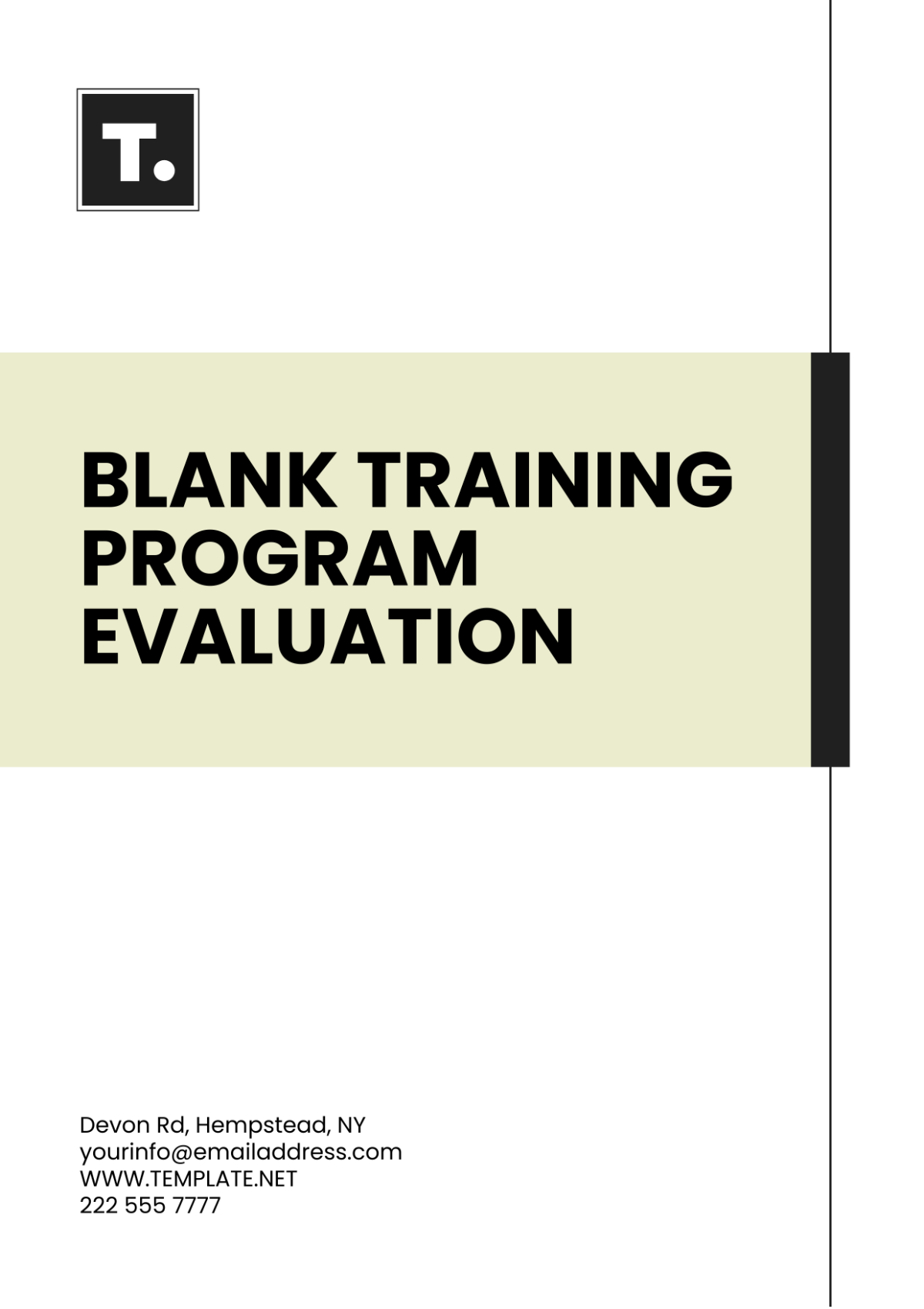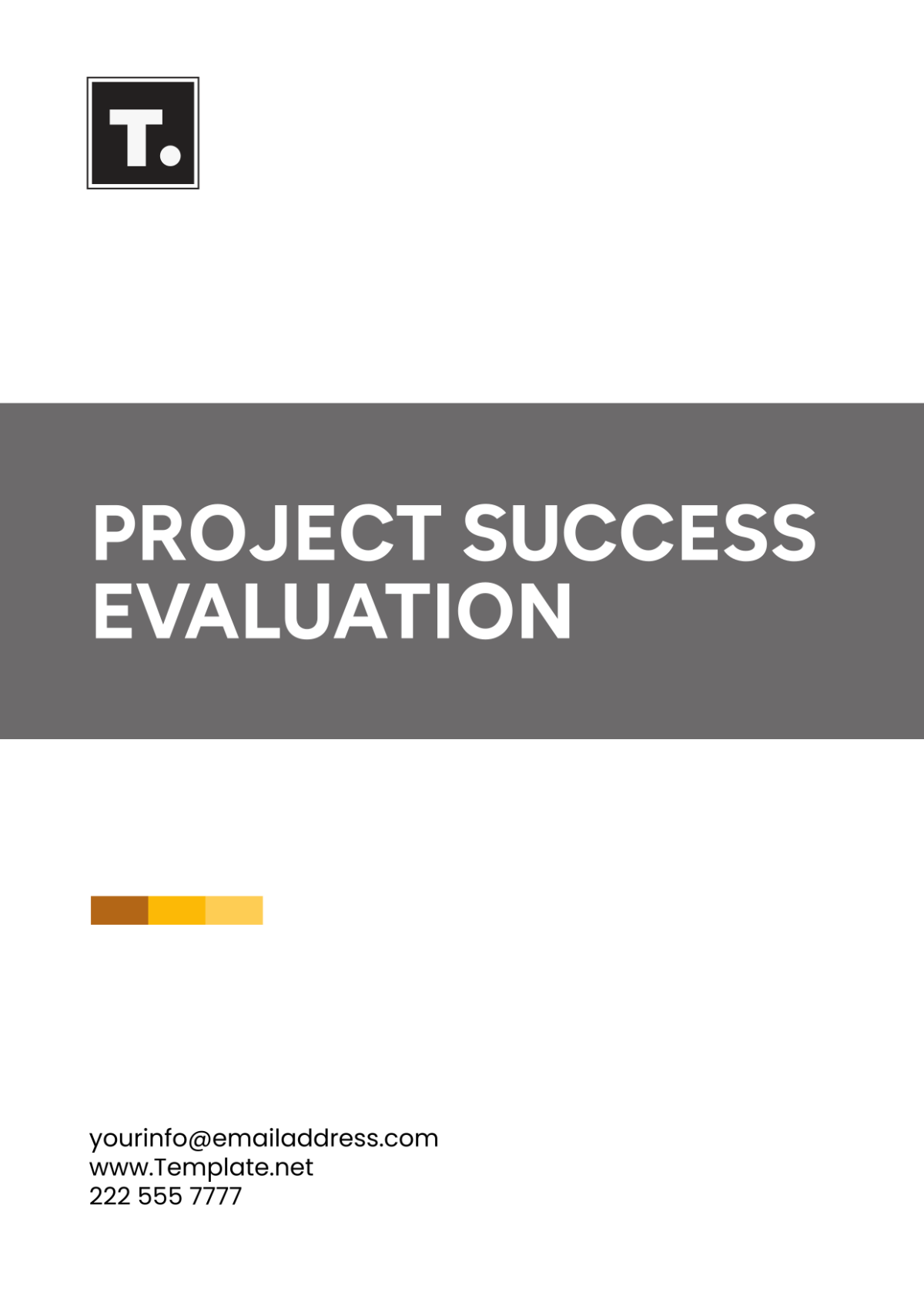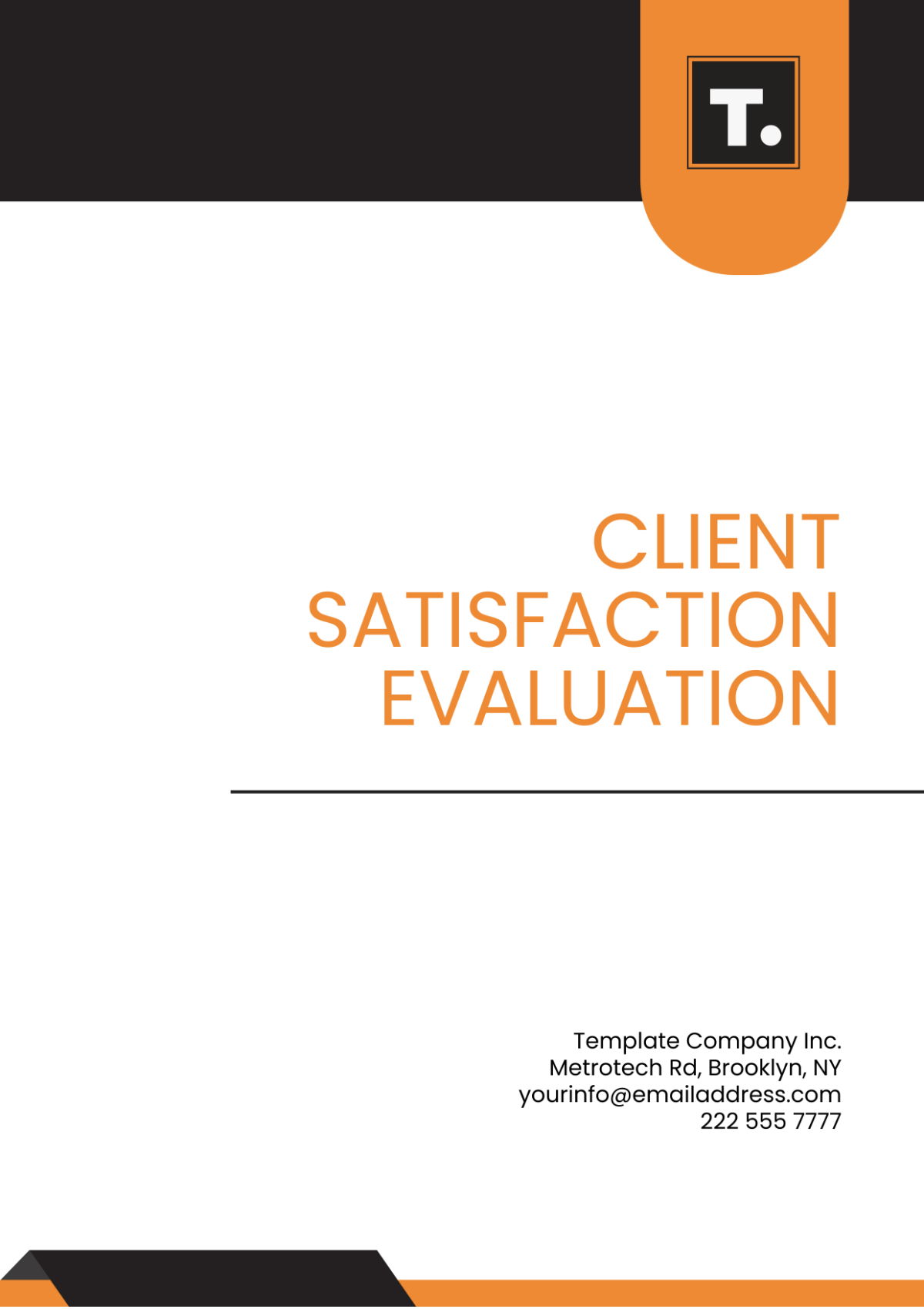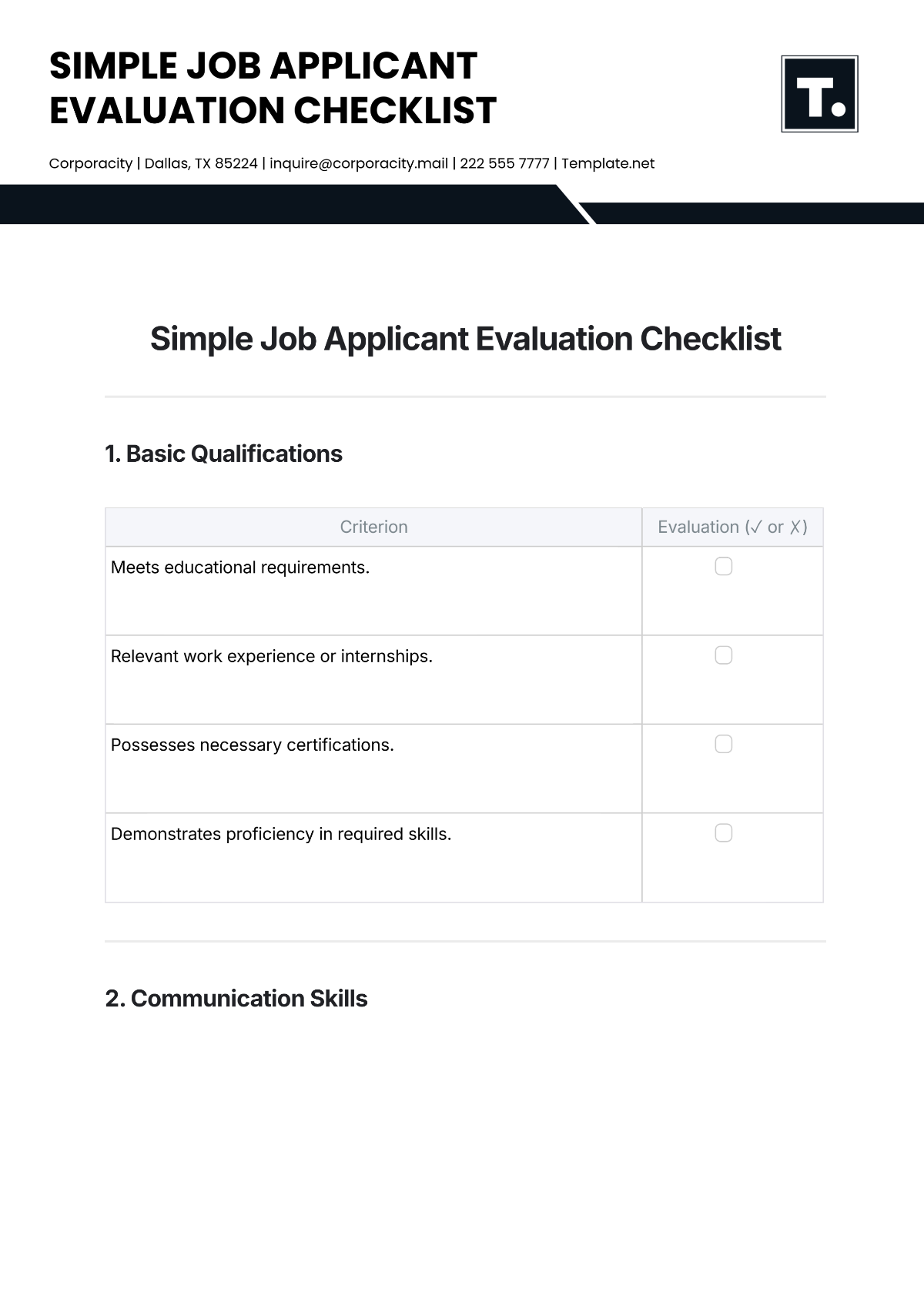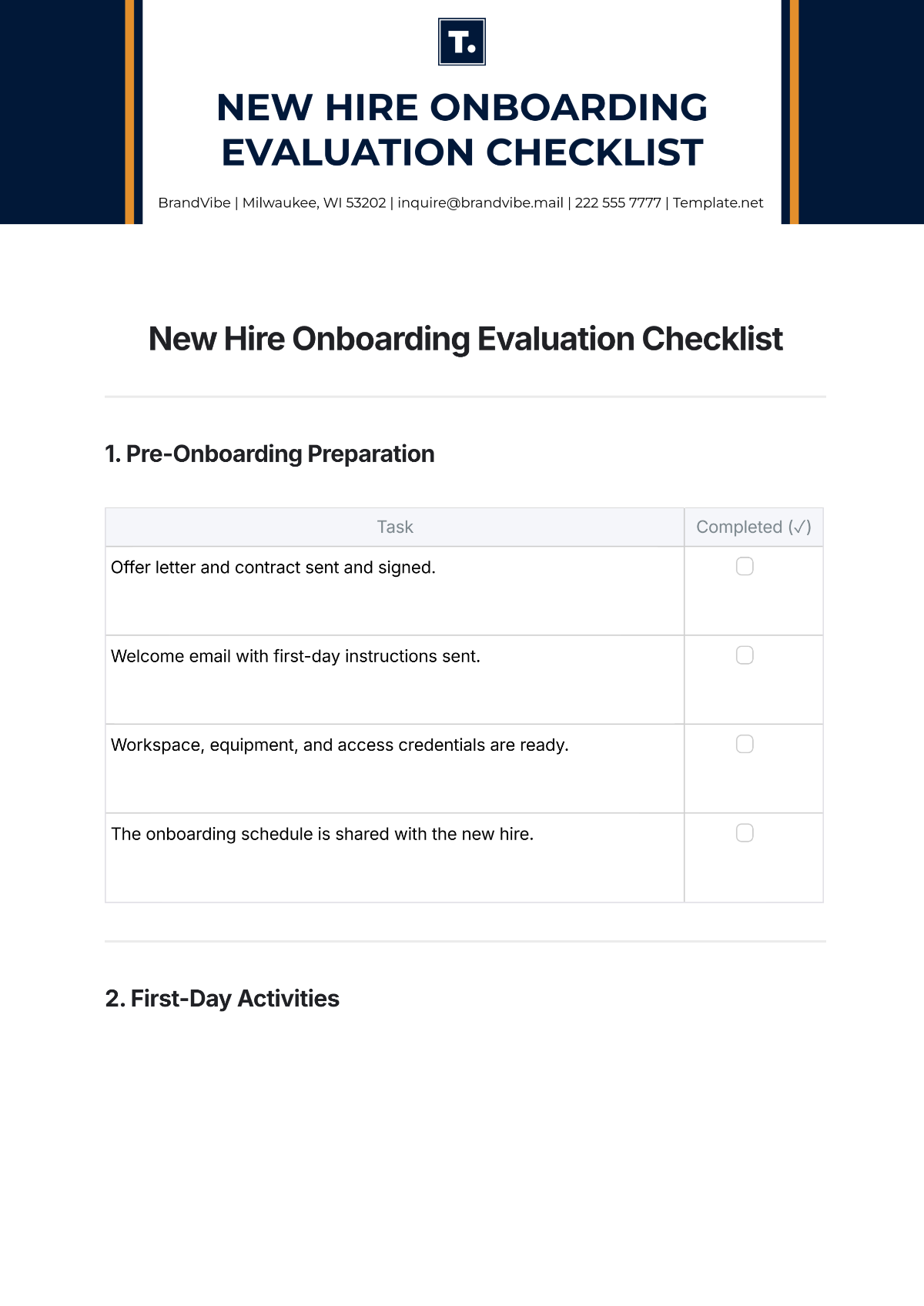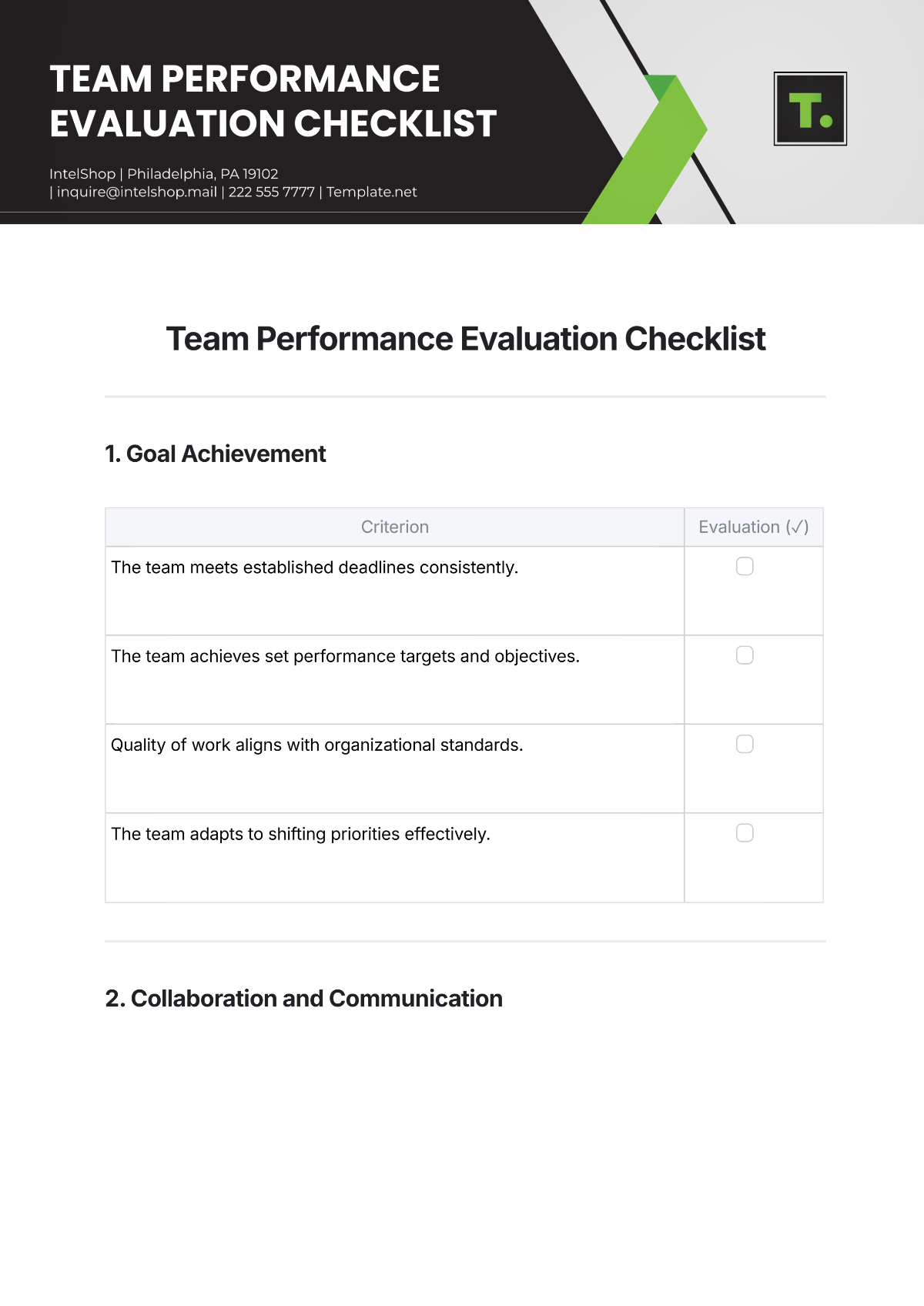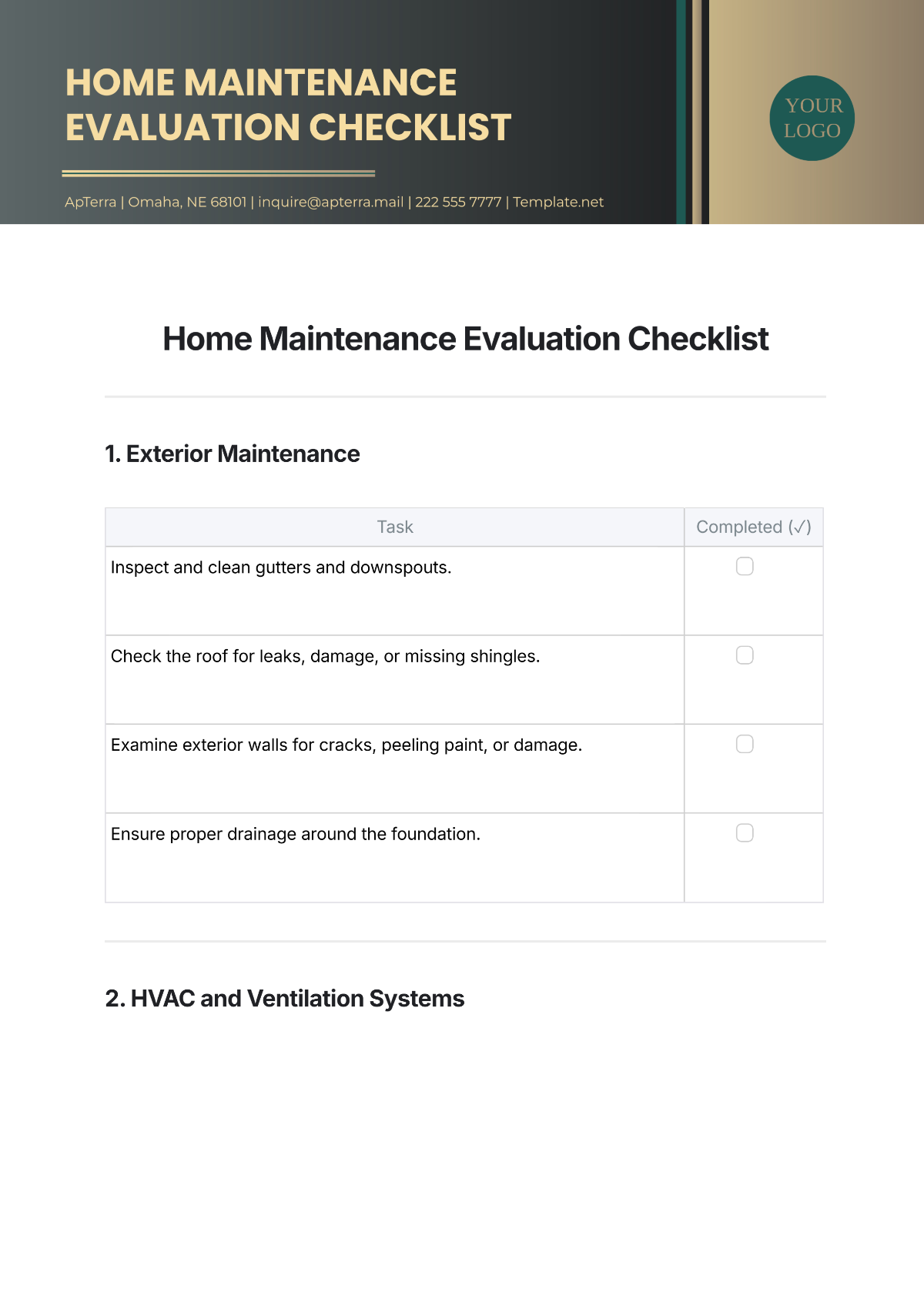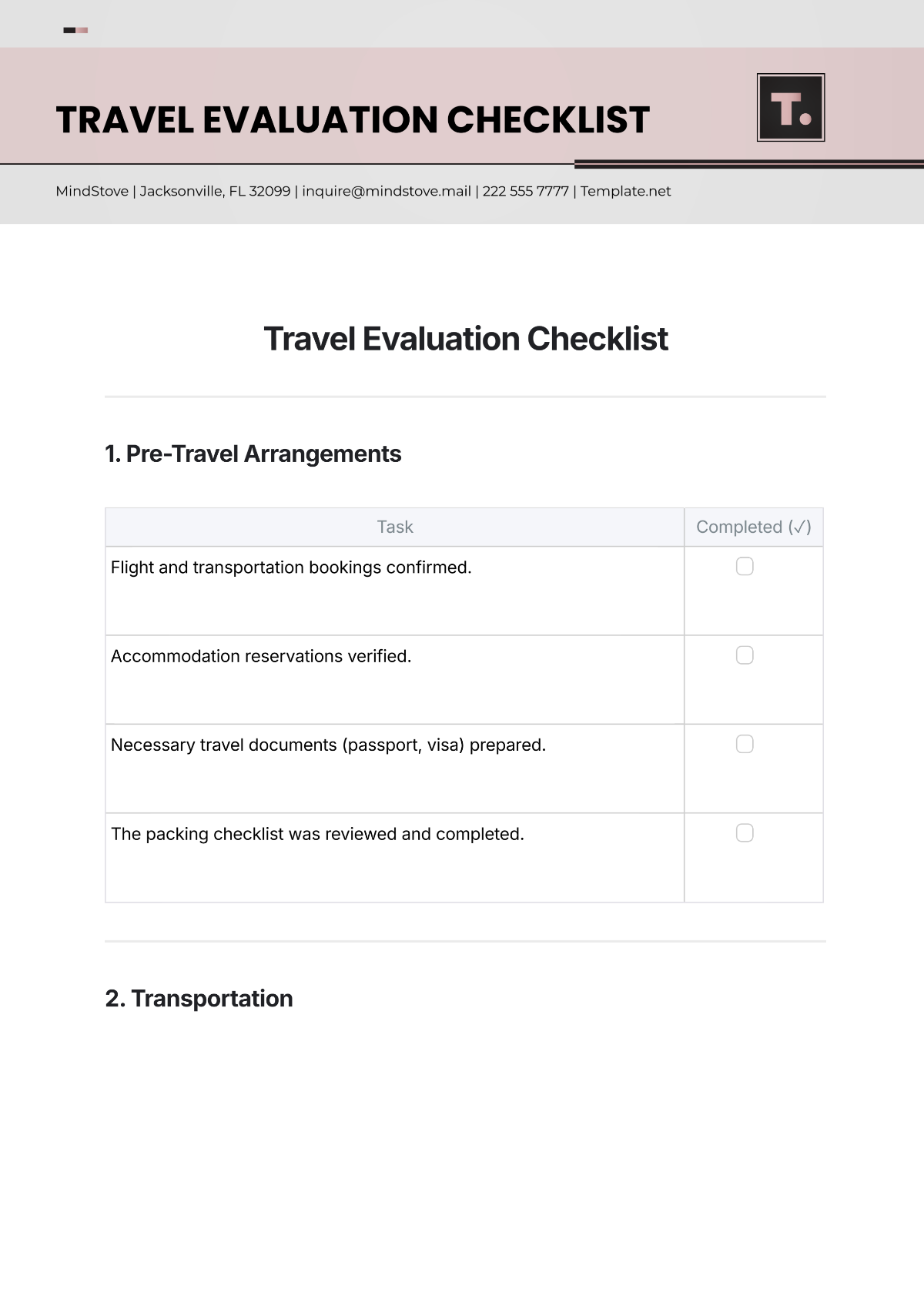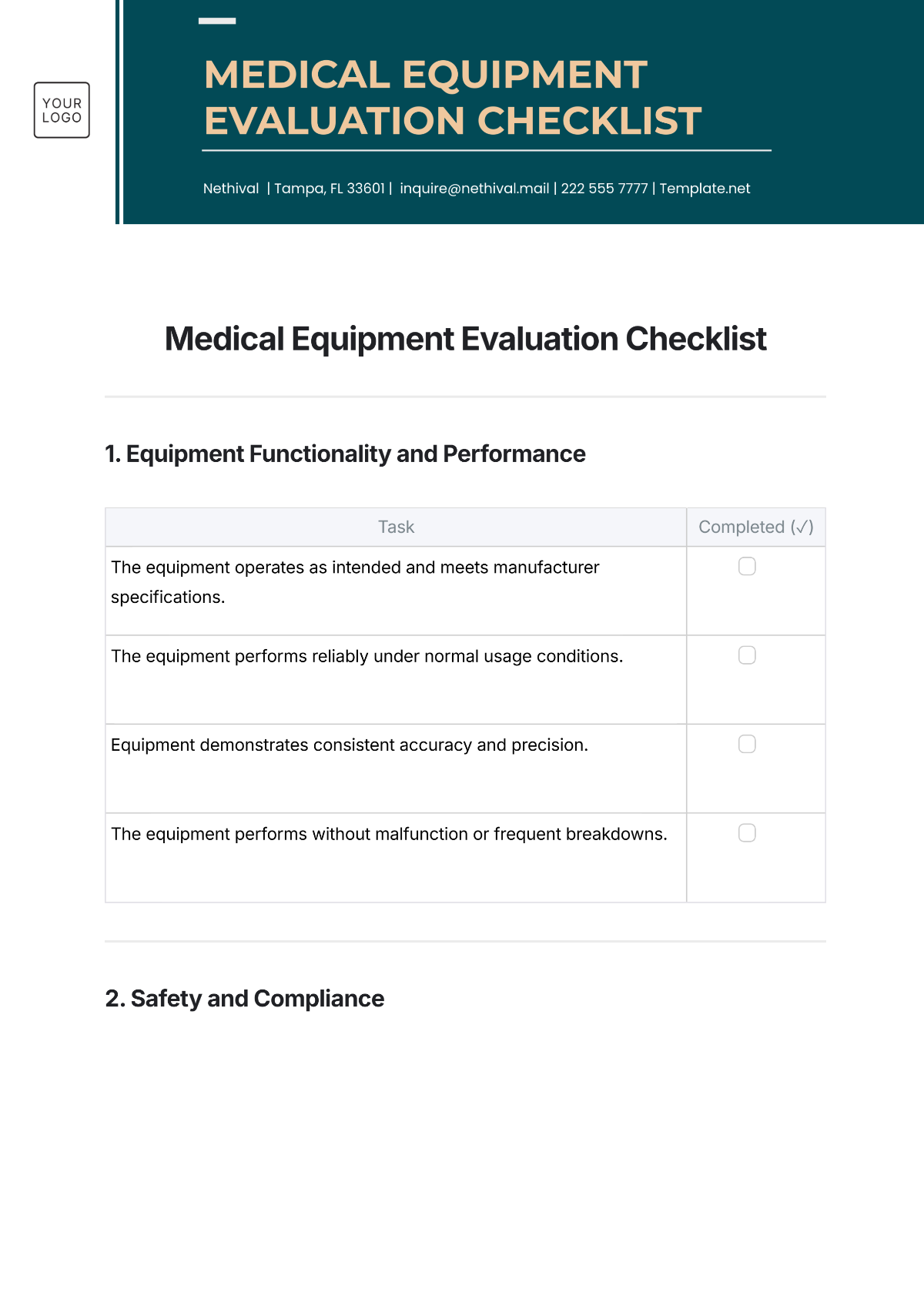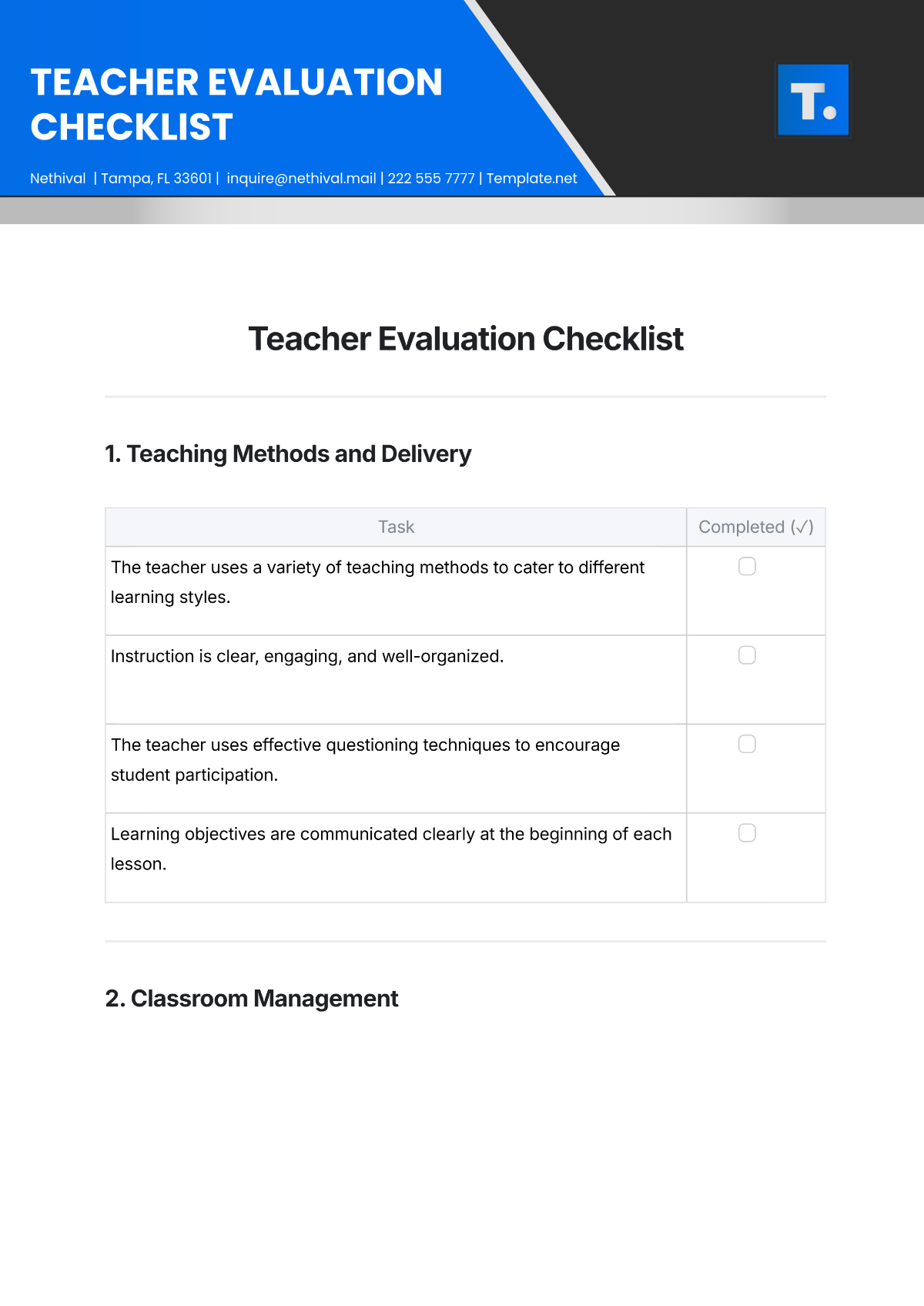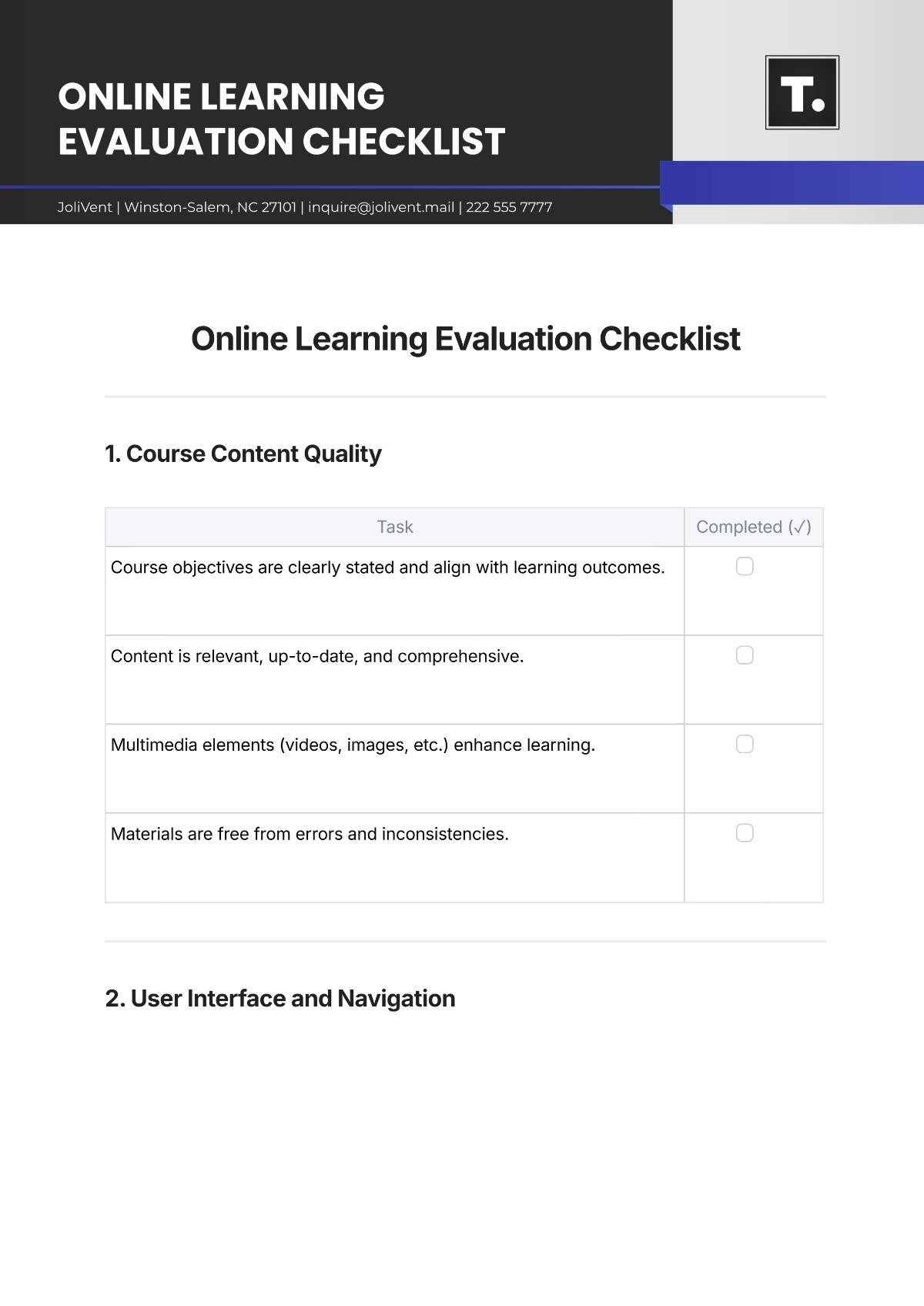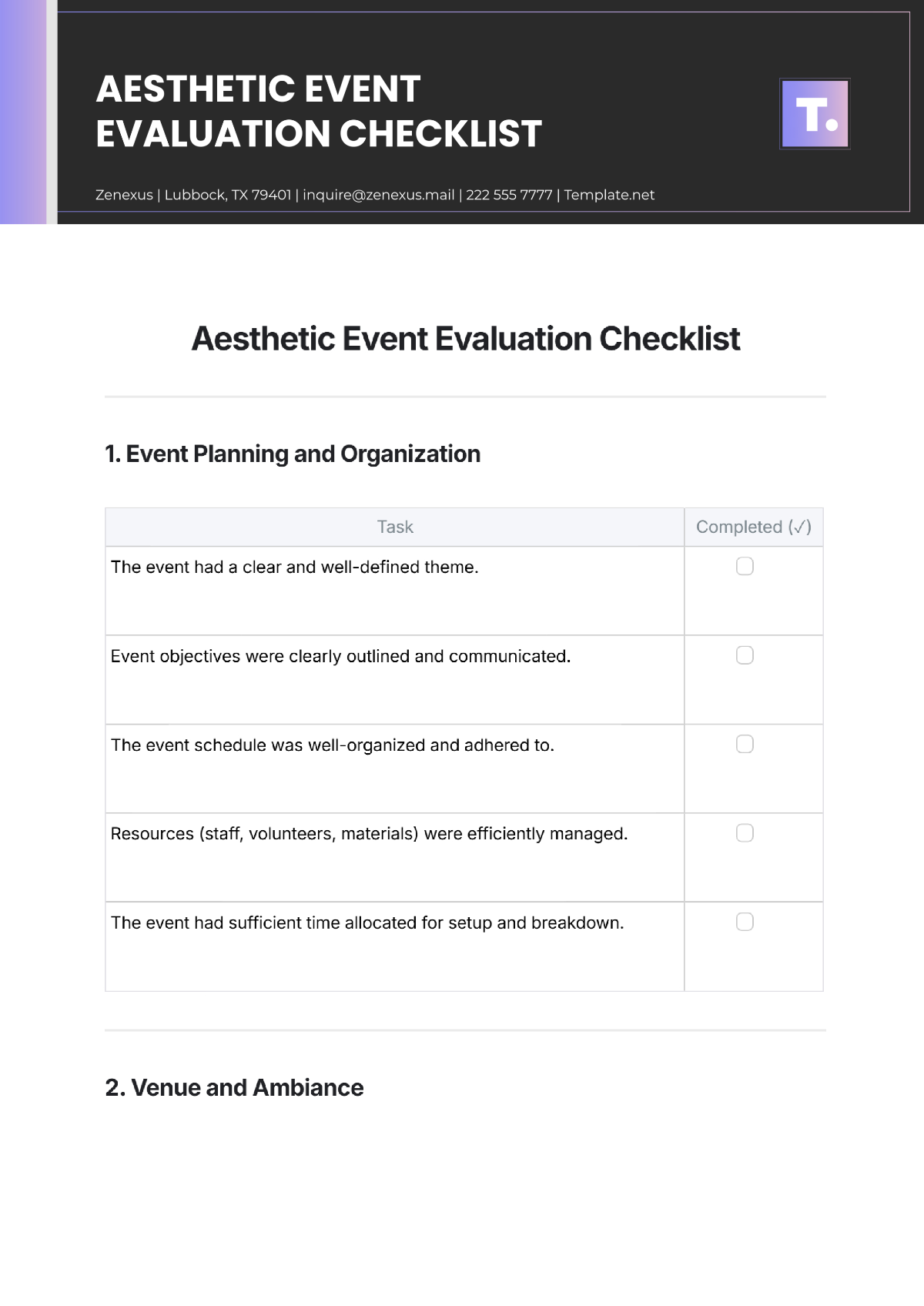Accounting Asset Evaluation Manual
I. Introduction
This manual aims to provide a comprehensive guide on asset evaluation in the field of accounting. It's designed to equip users with tools and techniques for credibly analyzing an asset's value. Through this guide, we aim to facilitate proficient execution of asset evaluation tasks that conform to regulatory guidelines.
Purpose of Asset Evaluation
Asset evaluation is a crucial process in financial accounting aimed at determining the value of an organization's assets. This serves multiple purposes, including financial reporting, decision-making, and compliance with regulatory standards.
Importance in Financial Reporting
Accurate asset valuation directly impacts a company's balance sheet, income statement, and overall financial health. It provides stakeholders, including investors and creditors, with reliable information for making informed decisions.
Scope of the Manual
This manual covers a broad spectrum of asset evaluation aspects, from the basics of asset types to advanced valuation techniques, internal controls, and emerging trends.
II. Types of Assets
Asset Type | Description |
|---|---|
Tangible Assets | These include physical items such as property, plant, equipment, and inventory. |
Intangible Assets | These encompass non-physical assets like patents, trademarks, and goodwill. |
Financial Assets | These assets are monetary instruments like stocks and bonds, representing ownership or a creditor relationship |
III. Understanding Asset Evaluation
Evaluating the worth or value of assets, often referred to as asset evaluation, represents a well-structured method frequently employed by businesses and investors. The primary aim of this process is to estimate the monetary value of an asset. Having an accurate approximation of the asset's value is a key component when business leaders and investors are making crucial decisions related to their business or investment practices. As such, asset evaluation is considered an indispensable process in strategic decision-making.
IV. Regulatory Framework
International Financial Reporting Standards (IFRS)
IFRS provides a globally accepted framework for financial reporting. Asset evaluations must adhere to IFRS principles to ensure consistency and comparability in financial statements.
Generally Accepted Accounting Principles (GAAP)
GAAP is the standard accounting framework in the United States. Understanding and applying GAAP principles is essential for companies operating within this jurisdiction.
Local Regulatory Requirements
Organizations are required not only to comply with global standards, they also need to abide by local regulations. These local regulations can impose distinct rules and guidelines that organizations need to follow with respect to asset valuation and reporting.
V. Stages of Asset Evaluation
Identifying Assets
The journey of every asset evaluation commences with the essential step of identifying the possessions that are to be evaluated. This critical initial identification includes all items, both tangible and intangible, that contribute value to the entity. These identified assets are then meticulously listed to provide a clear inventory of all valuables. An integral part of this process also is the categorization of these assets into organized groups based upon their nature, relevance, use, or other significant parameters. This task is mandatory to help in driving the asset evaluation towards completion effectively and efficiently.
Determining Evaluation Approach
There are different asset types which necessitate the application of varied evaluation methods. Therefore, it becomes of paramount importance to meticulously identify which technique would stand as the most suitable for estimating the worth of the particular asset in question.
Gathering Relevant Information
This stage involves collating all pertinent data that will aid in the analysis of the assets. This data could range from previous evaluation records to market value reports.
VI. Methods of Asset Valuation
Historical Cost
Historical cost accounting is based on recording assets at their original purchase price. This method is straightforward and provides a verifiable and objective basis for valuing assets. For example, if a company purchases a piece of equipment for $100,000, the historical cost of that asset is initially recorded as $100,000. Over time, as the asset depreciates, its book value decreases accordingly. While historical cost is reliable and easily understandable, it does not reflect the current market value of the asset.
Fair Market Value
Fair market value represents the price that would be received to sell an asset or paid to transfer a liability in an orderly transaction between market participants at the measurement date. This method is particularly relevant for financial instruments, real estate, and other investments. Calculating fair market value requires considering current market conditions, demand, and supply. For instance, if a company owns shares of a publicly traded company, the fair market value would be determined by the current market price.
Replacement Cost
Replacement cost is the amount it would cost to replace an asset at its current market value. This method is applicable when an asset needs replacement due to damage or obsolescence. For example, if a company's building is destroyed in a fire, the replacement cost would be the cost to rebuild it. Replacement cost can provide a more accurate reflection of an asset's economic value, especially when dealing with unique or specialized assets.
Net Realizable Value
Net realizable value is commonly used for assets that are expected to be sold, such as inventory. It represents the estimated selling price of an asset less any estimated costs necessary to make the sale. For example, if a company has a certain amount of inventory, the net realizable value would be the expected revenue from selling that inventory minus any costs associated with selling it, such as transportation or marketing expenses. This method helps ensure that assets are not overvalued on the balance sheet.
VII. Depreciation and Amortization
Straight-Line Method
The straight-line method is a simple and widely-used approach to depreciation. It evenly allocates the cost of an asset over its useful life. For instance, consider a company acquiring a delivery vehicle for $50,000 with an expected useful life of 5 years. Using the straight-line method, the annual depreciation expense would be $10,000 ($50,000 / 5 years).
Declining Balance Method
The declining balance method is an accelerated depreciation technique. It front-loads depreciation, meaning higher amounts are recognized in the earlier years of an asset's life. This method is particularly suitable for assets that experience more significant wear and tear in their initial years. If the declining balance rate is 20%, the annual depreciation for the same vehicle in the second year would be $8,000 (20% of the remaining book value).
Units of Production Method
The units of production method ties depreciation directly to an asset's usage or production output. This is particularly relevant for machinery or equipment whose value diminishes based on the number of units produced. For example, a manufacturing machine costing $100,000, expected to produce 100,000 units, would have a per-unit depreciation cost of $1.
Amortization of Intangible Assets
Amortization is the systematic allocation of the cost of intangible assets over their estimated useful lives. For instance, consider a company acquiring a patent for $50,000 with a legal life of 10 years. The annual amortization expense using the straight-line method would be $5,000 per year.
VIII. Valuation Techniques for Intangible Assets
Valuation Approach | Description | Example |
|---|---|---|
Market Approach | Compares the intangible asset with similar assets traded in the market. Utilizes recent transactions as benchmarks for determining fair value. | If a company owns a trademark, the market approach would analyze recent transactions involving similar trademarks. |
Cost Approach | Assesses the cost to replace or reproduce the intangible asset. Considers the expenses incurred in designing, developing, and implementing a similar asset. | For a proprietary software solution, the cost approach would evaluate the expenses associated with creating a comparable software solution. |
Income Approach | Estimates the value based on anticipated future income or cash flows generated by the intangible asset. Particularly useful for assets with direct revenue-generating capability. | If a company owns a patent, the income approach would consider the expected revenue generated by the patented product over its remaining useful life. |
IX. Impairment Testing
Identifying Impairment Triggers
Identifying impairment triggers is a critical step in maintaining the accuracy of financial statements. These triggers may include significant changes in market conditions, technological advancements affecting asset usefulness, legal issues impacting asset value, or a decline in an asset's utility due to internal or external factors. For example, a company manufacturing smartphones may experience impairment triggers if a new technology makes its current product line obsolete.
Steps in Impairment Testing
The impairment testing process involves a series of systematic steps to ensure a thorough evaluation:
Identify the Asset's Cash-Generating Unit (CGU): Impairment is assessed at the CGU level, which is the smallest identifiable group of assets generating cash inflows.
Determine the Recoverable Amount: The recoverable amount is the higher of an asset's fair value less costs to sell (market value) and its value in use (present value of future cash flows).
Compare Recoverable Amount with Carrying Amount: If the recoverable amount is lower than the carrying amount (the asset's book value), impairment has occurred.
Recognize Impairment Loss: The impairment loss is the difference between the carrying amount and the recoverable amount, impacting the income statement.
Reporting Impairment Losses
Once an impairment loss is identified, it must be promptly reported in the financial statements. The disclosure should include the amount of the impairment loss, the affected asset, and the circumstances leading to impairment. Transparency in reporting ensures that stakeholders, such as investors and creditors, are informed about the impact of impaired assets on the company's financial position.
Internal Controls
Segregation of Duties
Implementing a segregation of duties helps distribute responsibilities, reducing the risk of errors or fraudulent activities:
Valuation Team: Separate individuals responsible for conducting the valuation from those responsible for recordkeeping and financial reporting.
Reviewers: Assign designated reviewers who assess the valuation results independently, ensuring a checks-and-balances system.
Approval Authorities: Differentiate individuals with the authority to approve valuations from those directly involved in the valuation process.
Regular Reconciliation
Regular reconciliation is crucial for maintaining the accuracy of asset values:
External Data Sources: Periodically reconcile asset values with external data sources, such as market indices or third-party appraisals, to validate internal valuations.
Intercompany Reconciliation: For multinational corporations, reconcile asset values across subsidiaries to identify and resolve any discrepancies.
Integration with Accounting Systems: Ensure seamless integration between the asset valuation system and the overall accounting system, facilitating real-time reconciliation.
Management Review and Approval
Management involvement is essential for oversight and validation:
Regular Review Meetings: Schedule regular meetings where management reviews the overall asset valuation process, discussing any challenges or improvements needed.
Documented Approval Process: Establish a formal process for management to review and approve significant asset valuations, enhancing transparency and accountability.
Exception Reporting: Implement exception reporting mechanisms so that management is promptly informed of any deviations from expected valuation outcomes.
X. Emerging Trends in Asset Evaluation
Sustainable and ESG Considerations
In the evolving landscape of asset evaluation, there is a growing emphasis on incorporating environmental, social, and governance (ESG) considerations into the valuation process. Companies are increasingly recognizing the impact of their operations on the environment and society. Asset valuation now extends beyond traditional financial metrics to include factors such as carbon footprint, social responsibility, and adherence to ethical governance practices. For example, a manufacturing facility's valuation may now consider its environmental sustainability practices, influencing its long-term viability.
Impact of Technology Advancements
Rapid technological advancements are reshaping asset evaluation practices. Blockchain technology, for instance, provides transparent and tamper-proof records, enhancing the integrity of asset transactions. Artificial intelligence (AI) is being utilized for predictive analytics, improving the accuracy of future cash flow projections. Understanding and integrating these technologies into asset valuation processes will be critical for staying competitive and ensuring the reliability of financial statements.
Globalization and Cross-Border Asset Valuation Challenges
As companies expand globally, they face challenges in standardizing asset valuation practices across diverse jurisdictions. Varying regulatory frameworks, cultural differences, and currency fluctuations introduce complexities in determining a uniform approach to asset valuation. Organizations need to develop strategies that consider these challenges, ensuring consistency in financial reporting while adhering to local regulations.
Conclusion
In conclusion, this Accounting Asset Evaluation Manual serves as an invaluable resource for accounting professionals navigating the intricate landscape of asset valuation. The comprehensive coverage—from understanding asset types to implementing advanced valuation techniques—ensures that readers are well-equipped to handle diverse scenarios in their financial reporting.
The incorporation of case studies provides practical insights into real-world challenges and solutions, allowing practitioners to learn from the experiences of others. Furthermore, the exploration of emerging trends acknowledges the dynamic nature of the field, encouraging professionals to stay abreast of technological advancements, ESG considerations, and globalization impacts.
By embracing these insights, organizations can not only meet regulatory requirements but also enhance their decision-making processes and stakeholder trust. This manual is not just a guide; it is a living document that evolves with the industry, offering timeless principles alongside adaptability to the ever-changing landscape of accounting and asset management.
